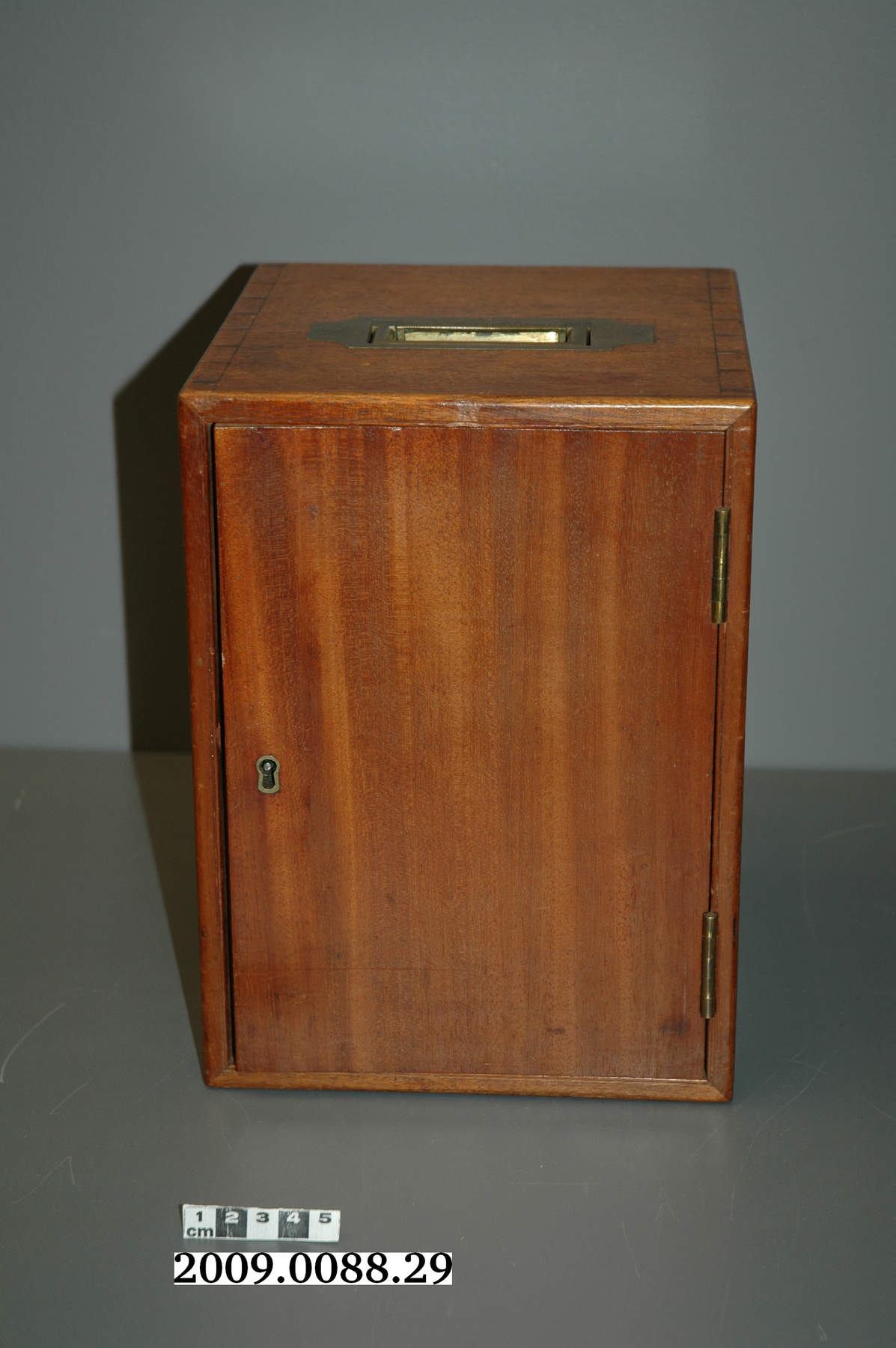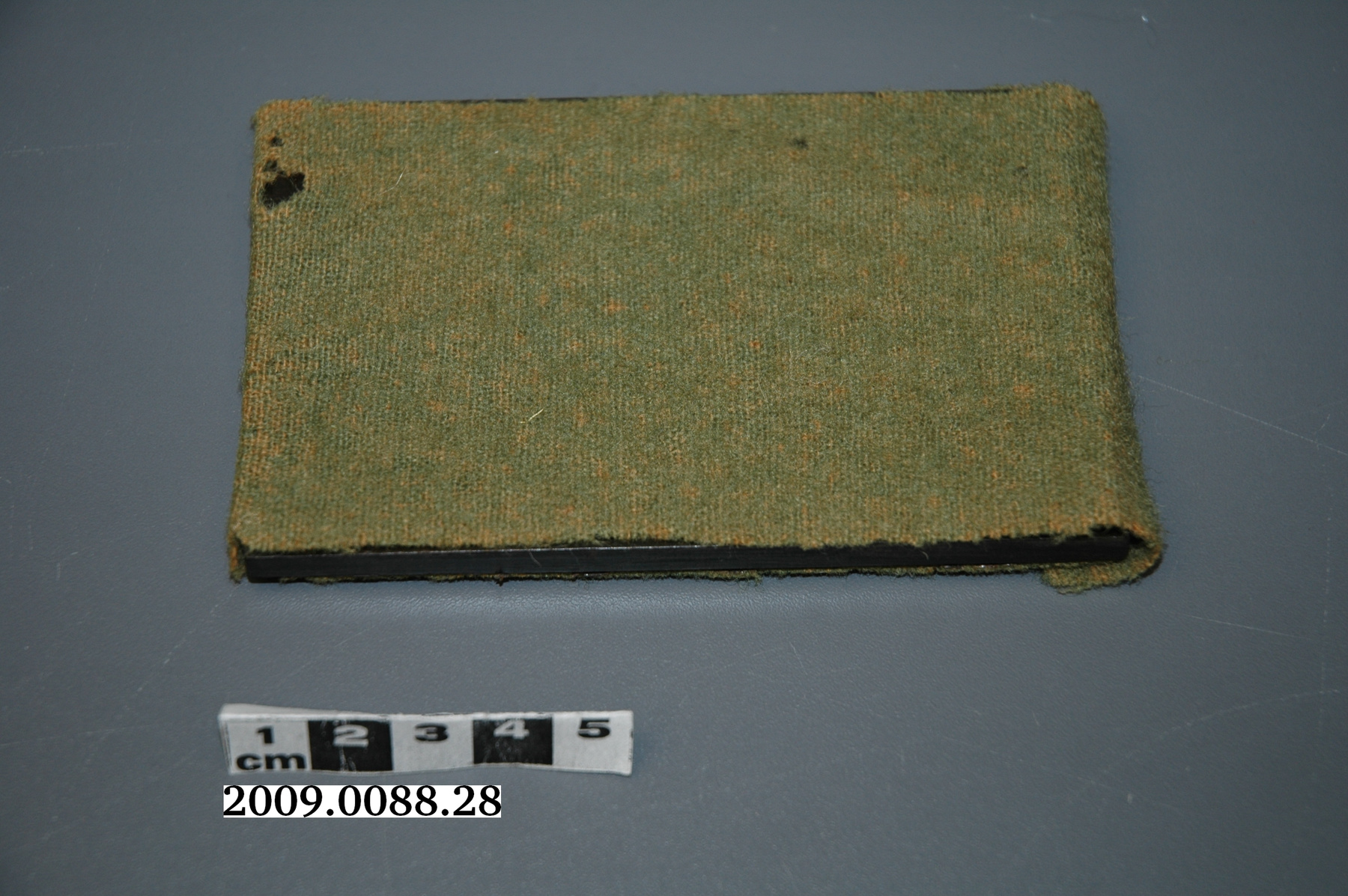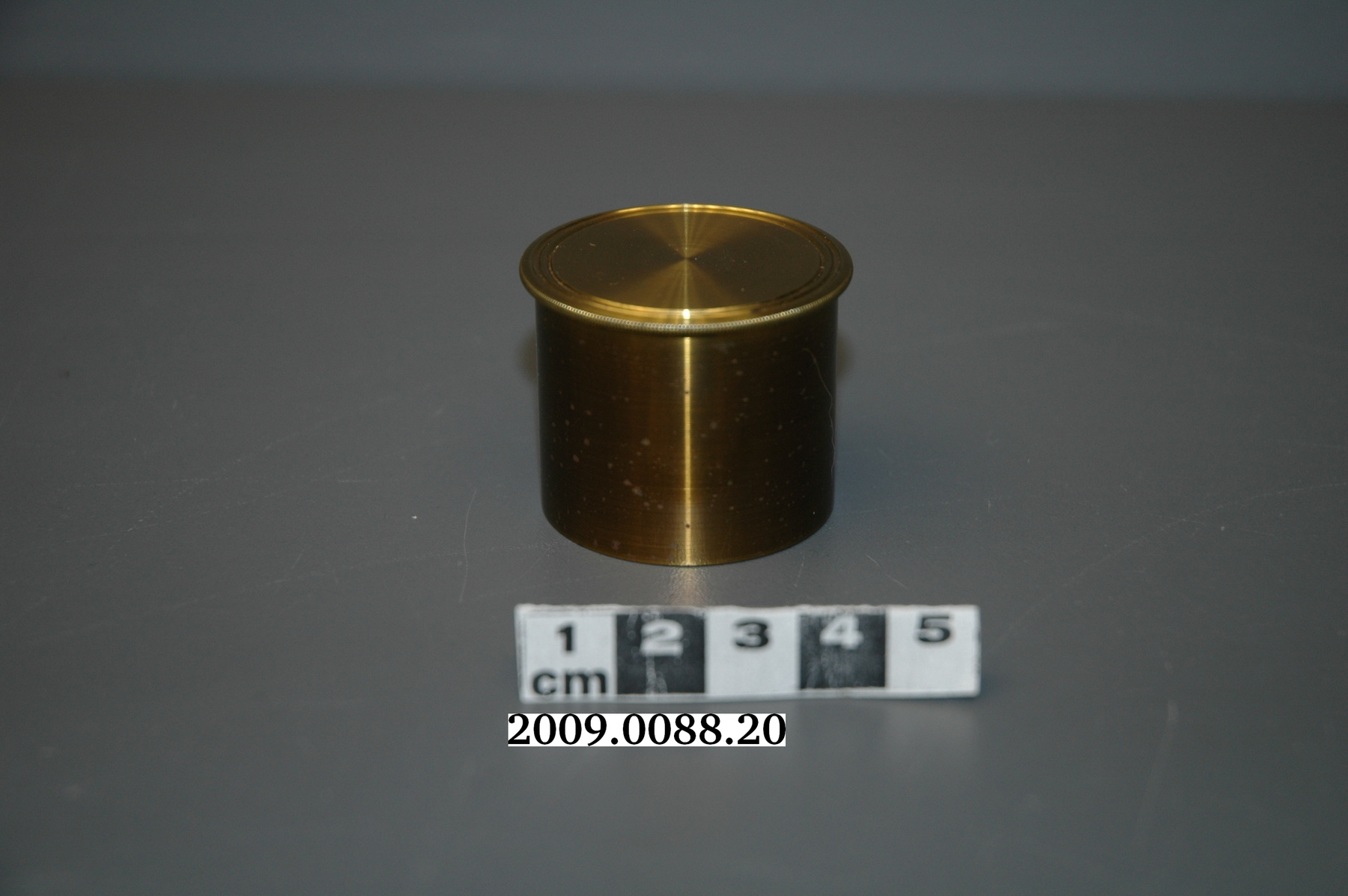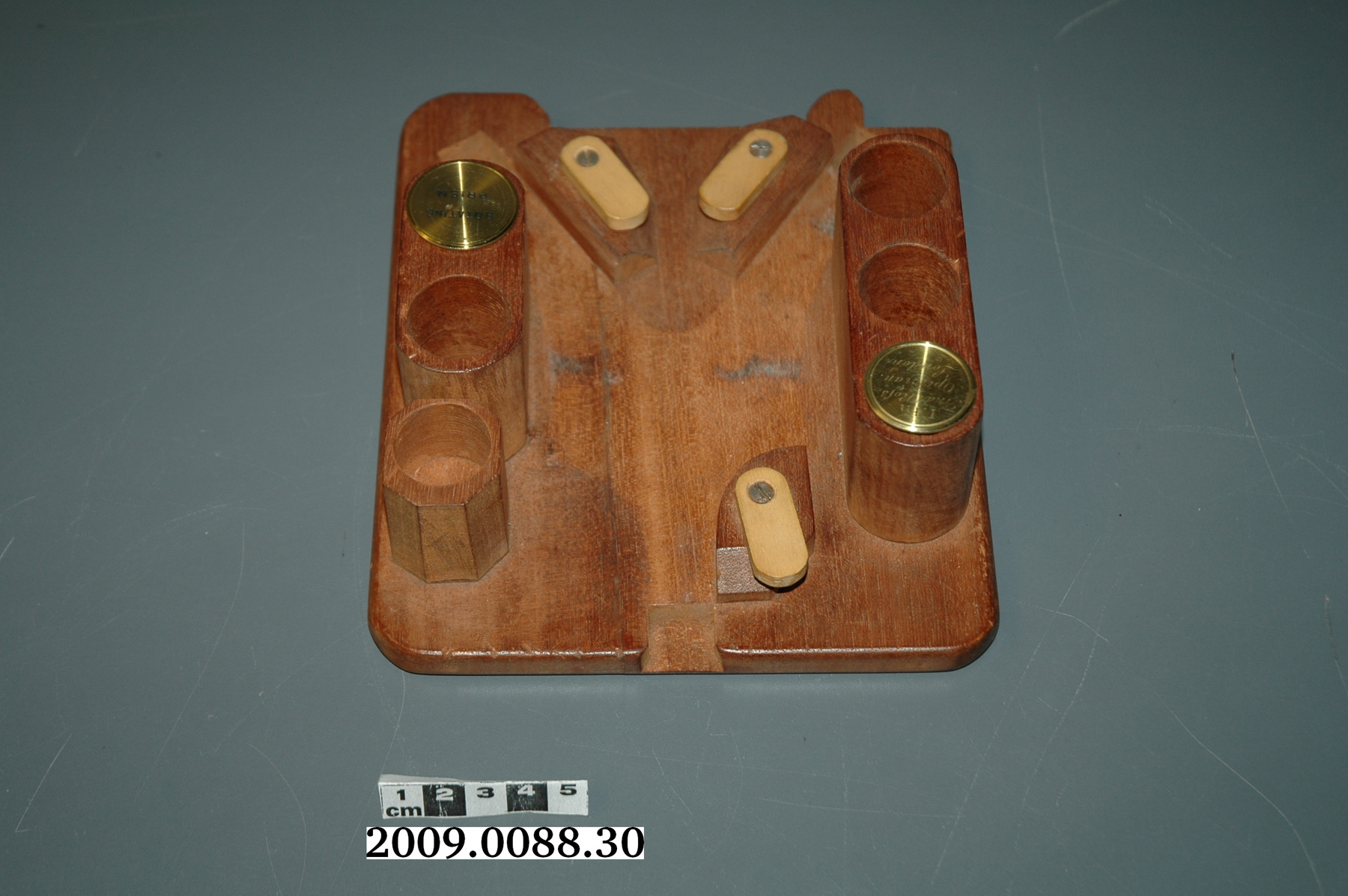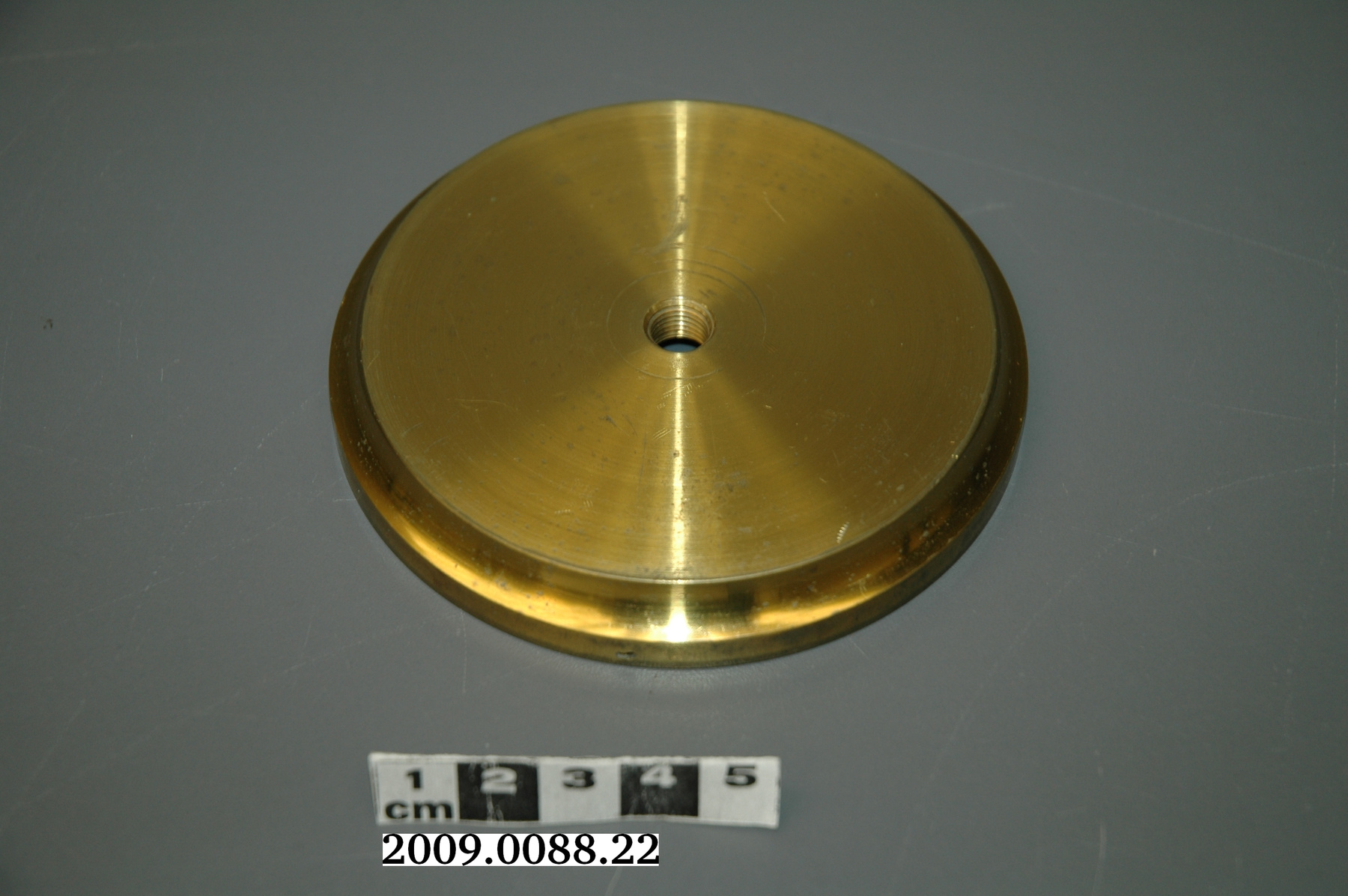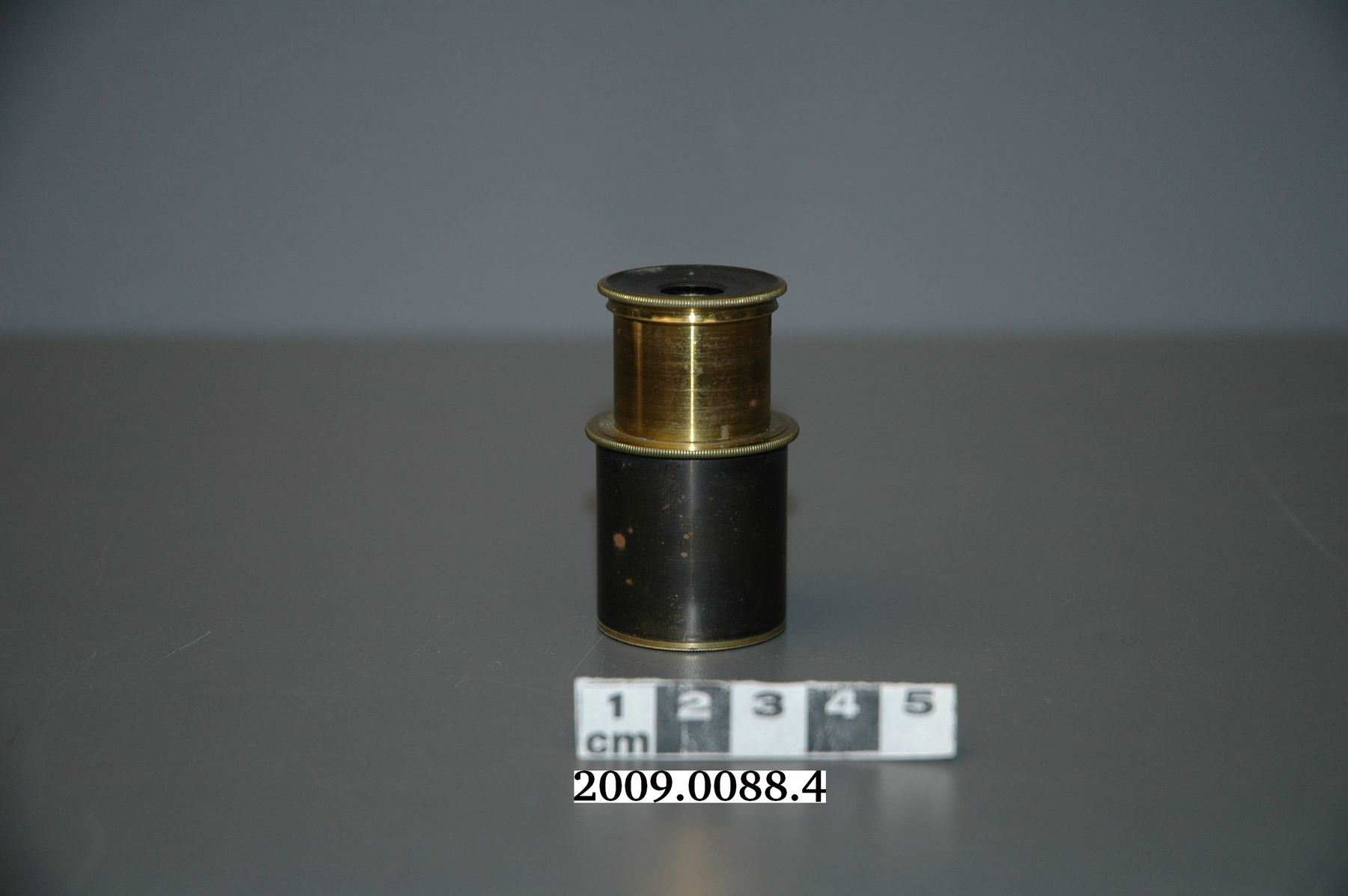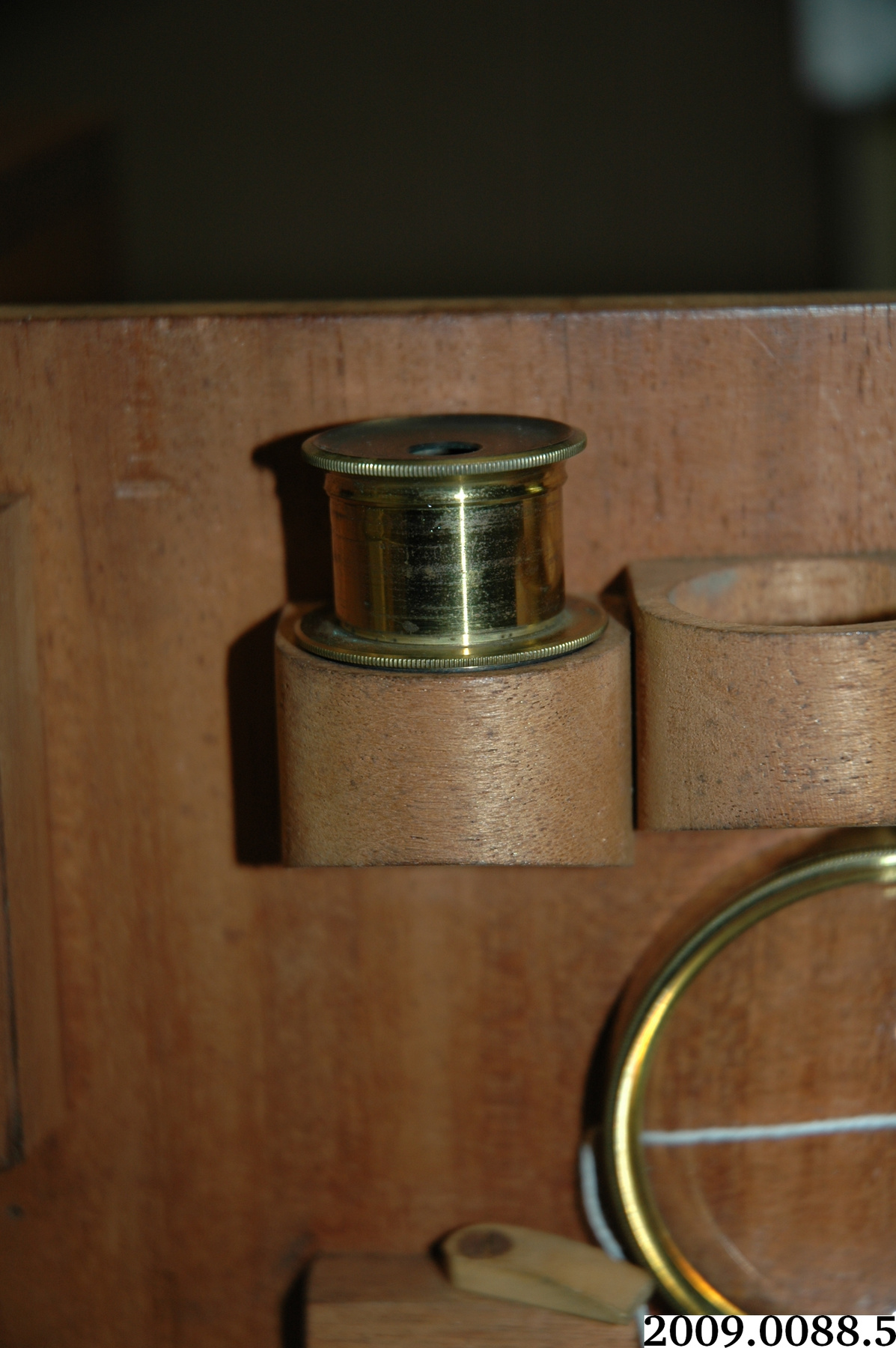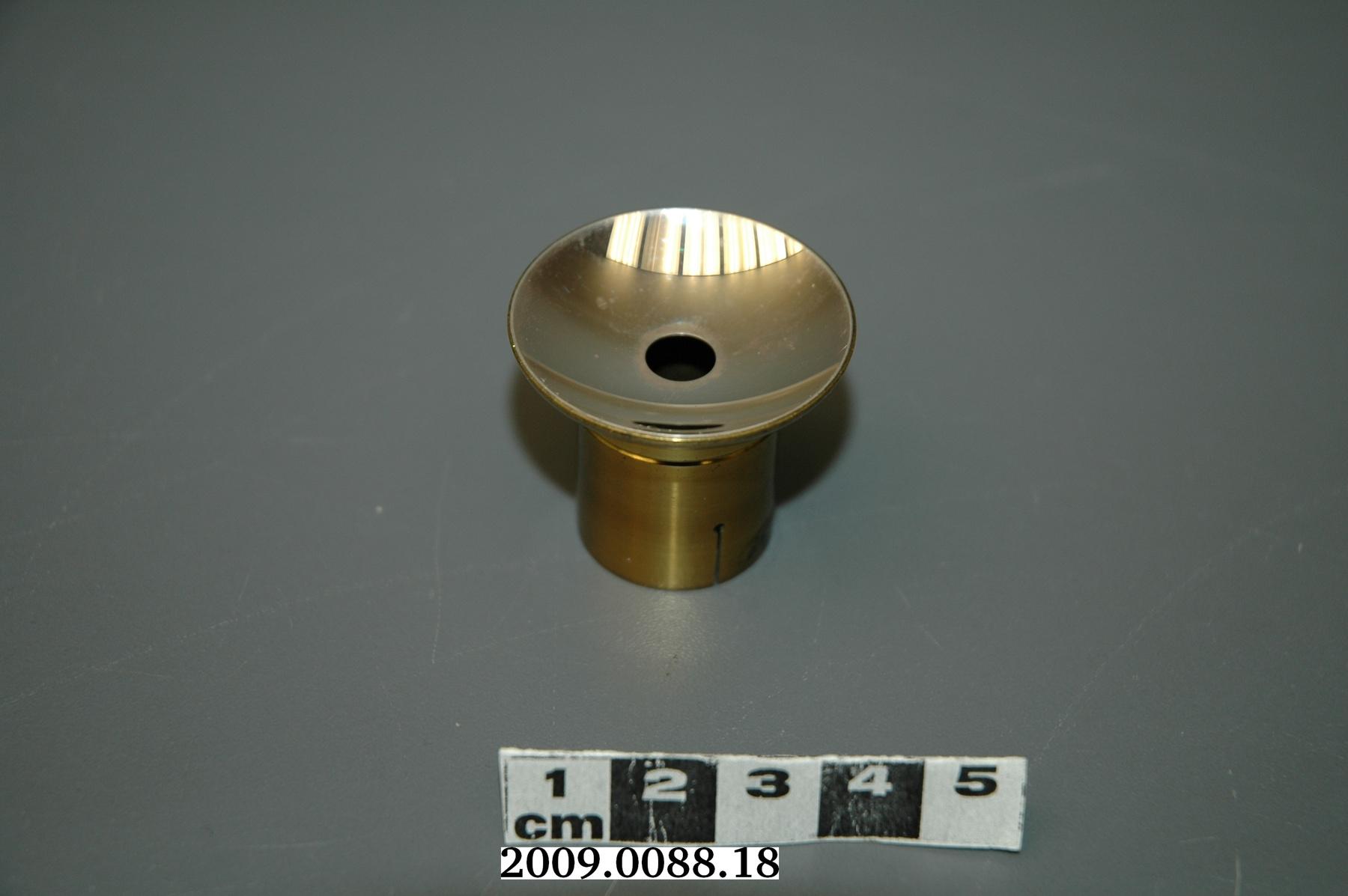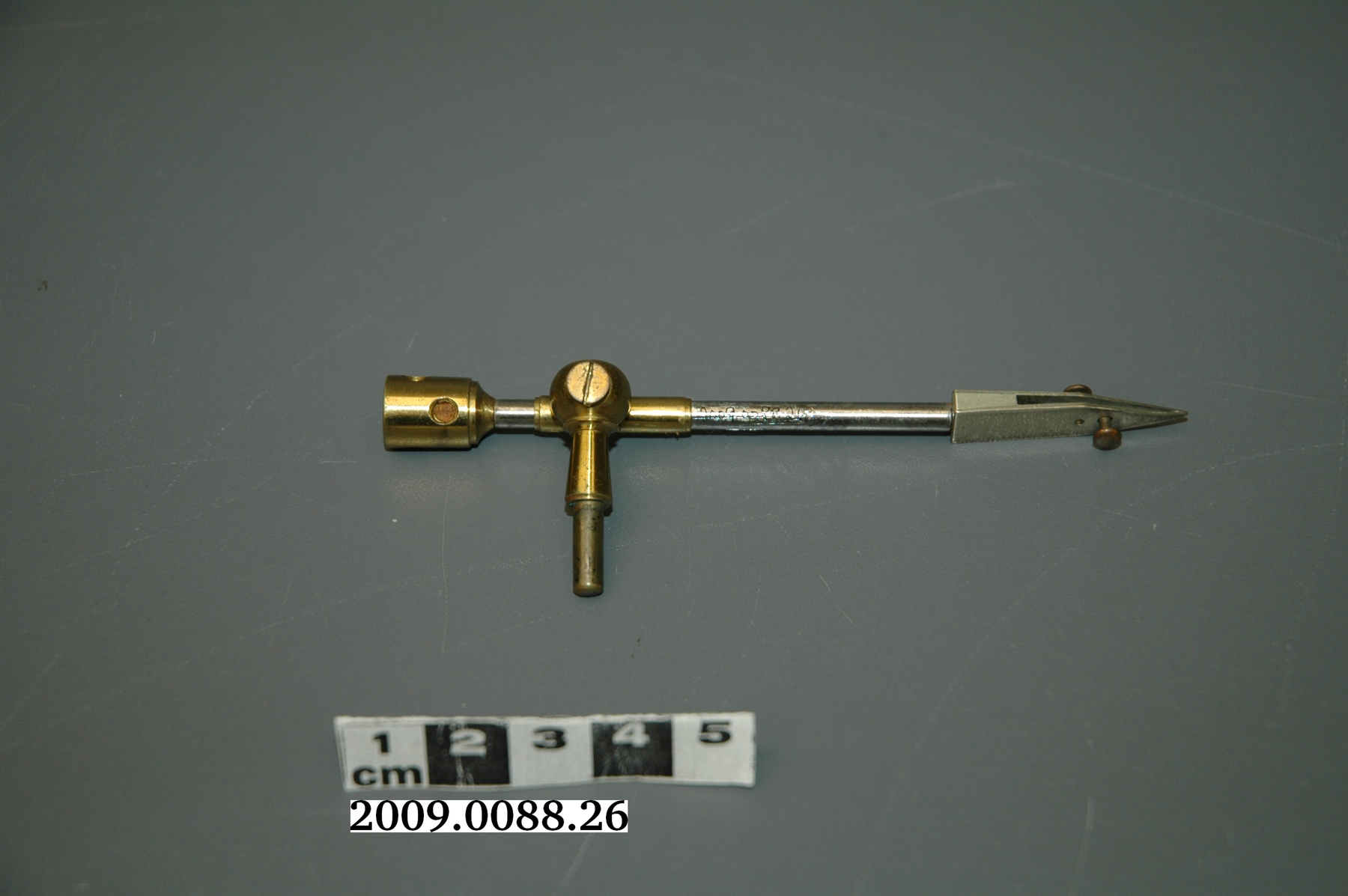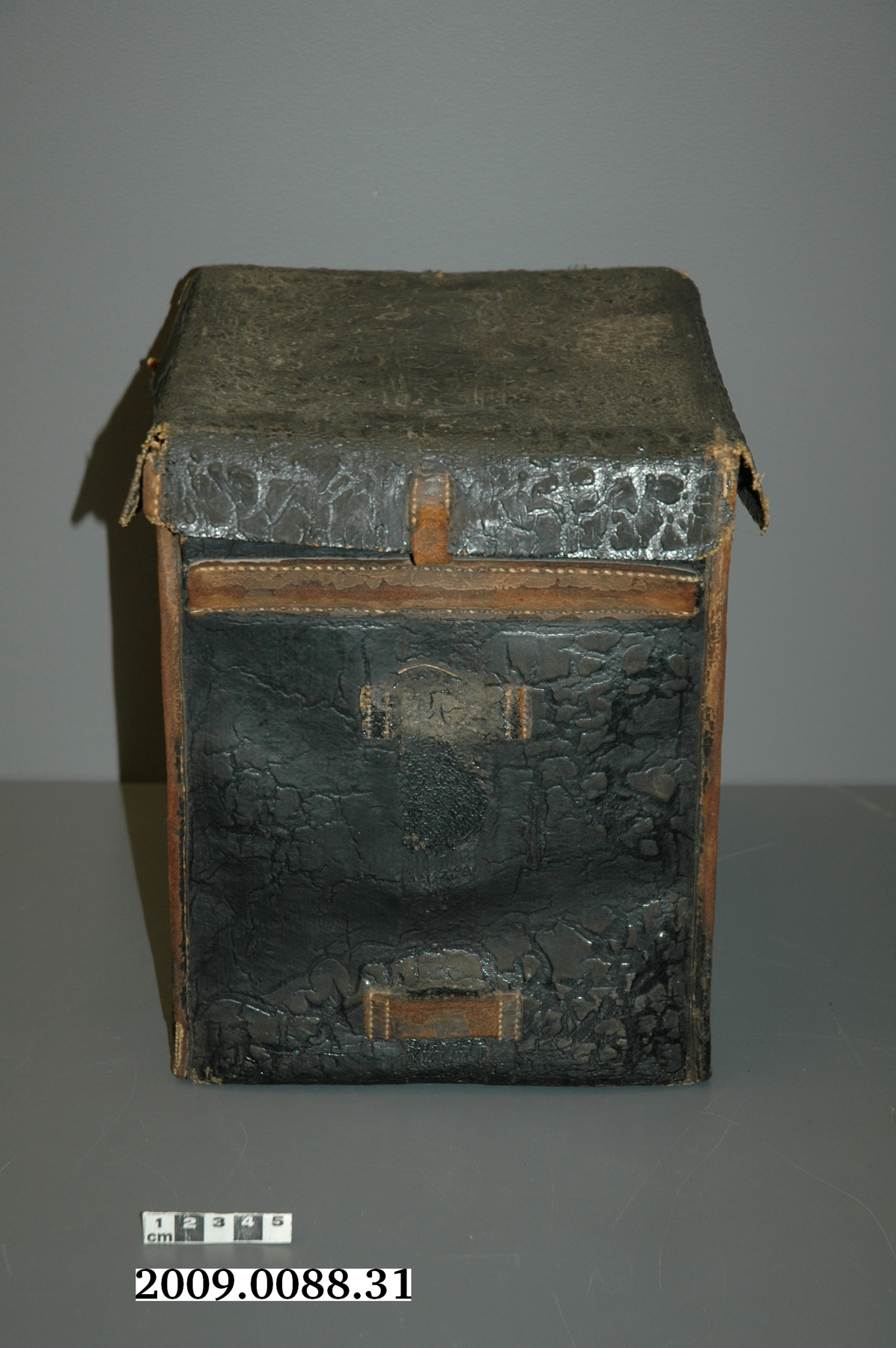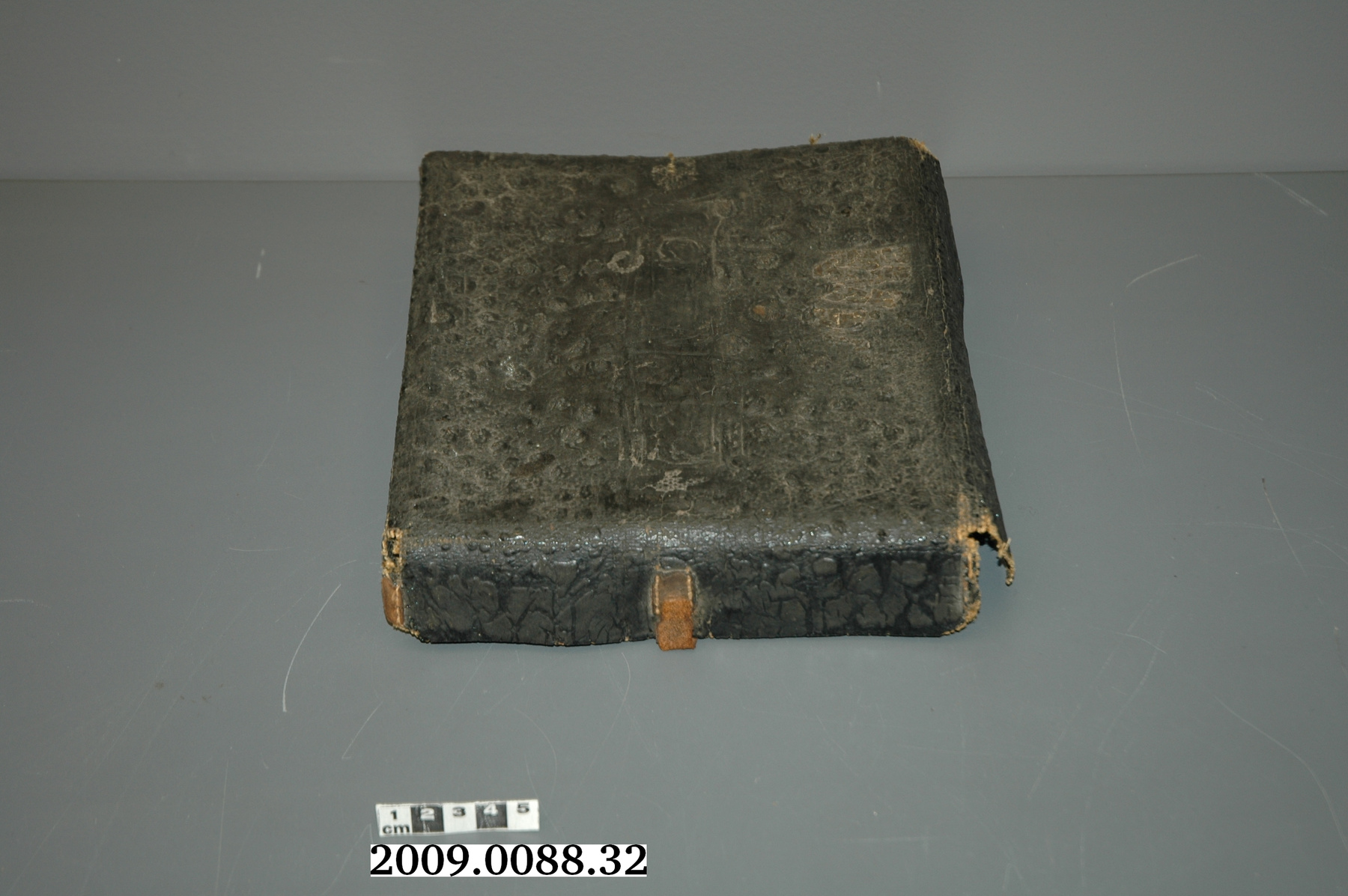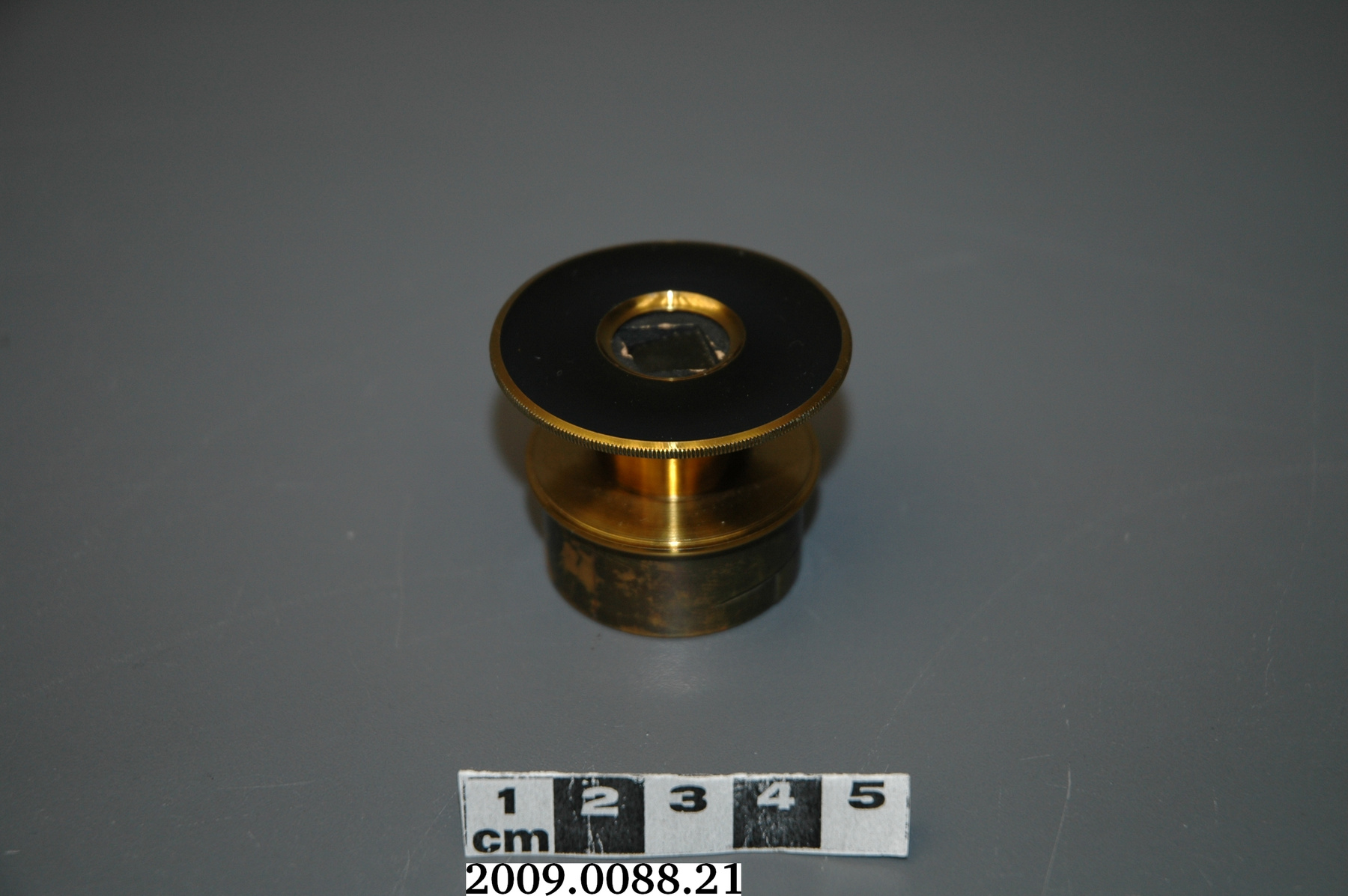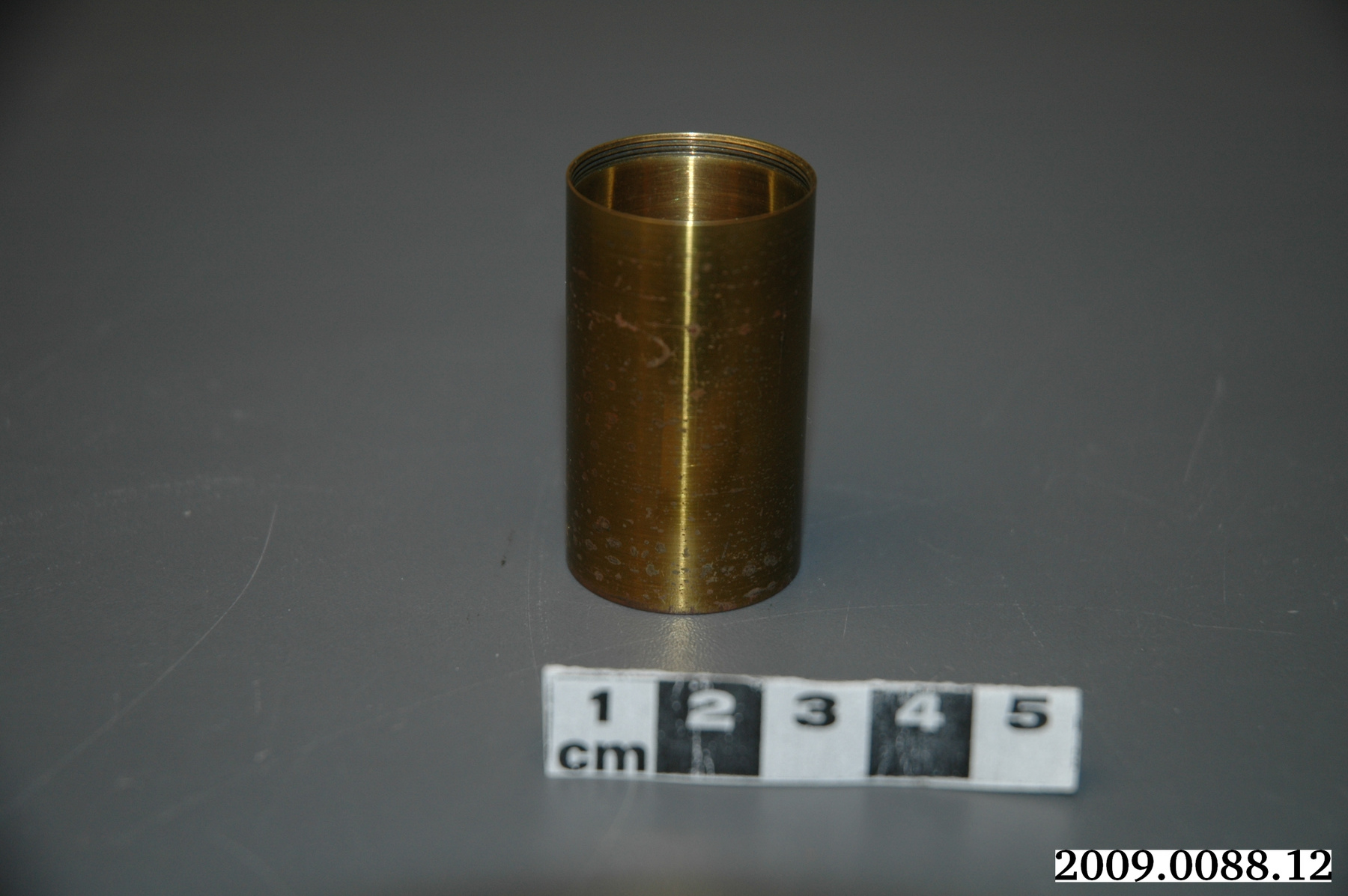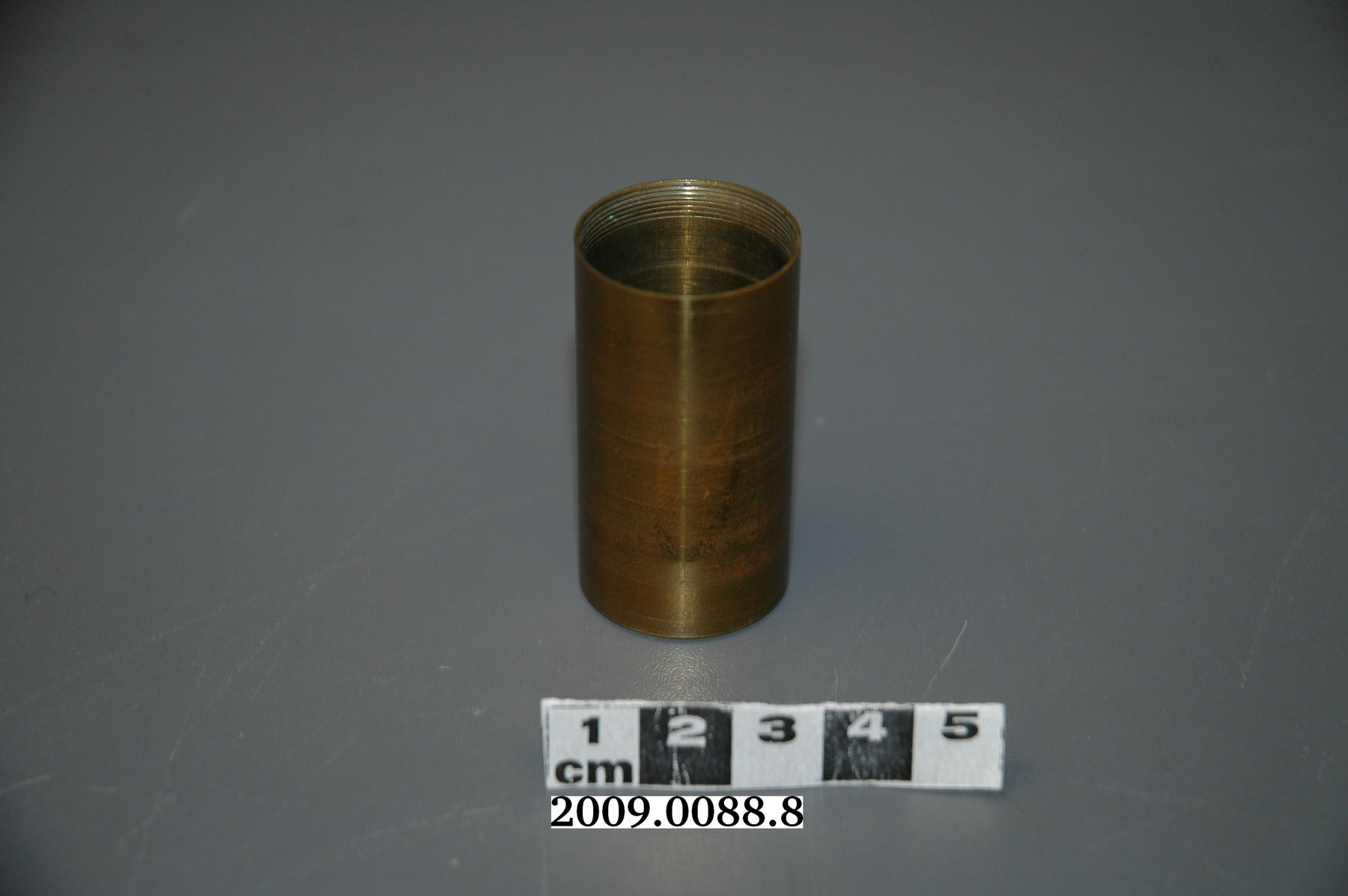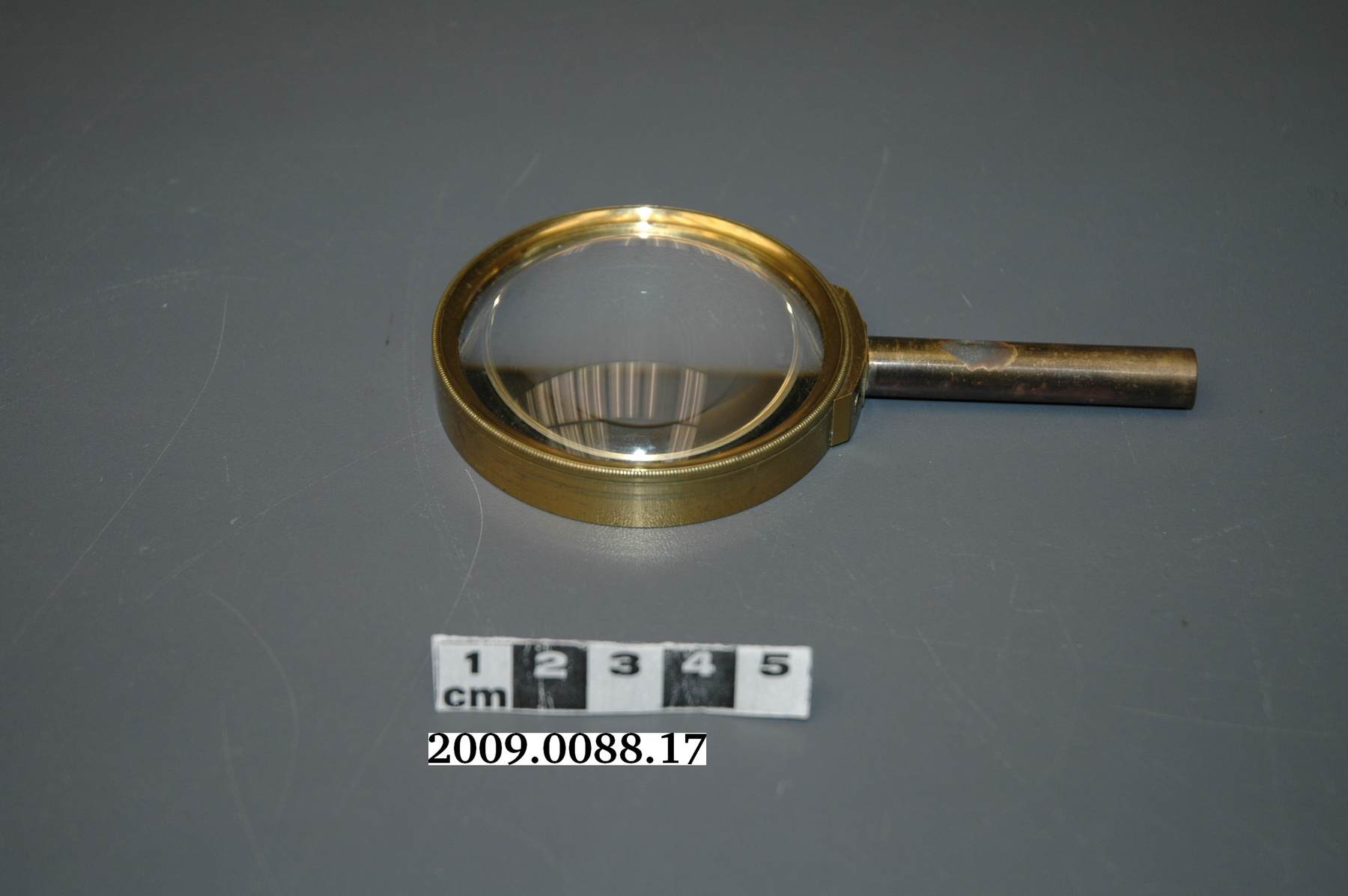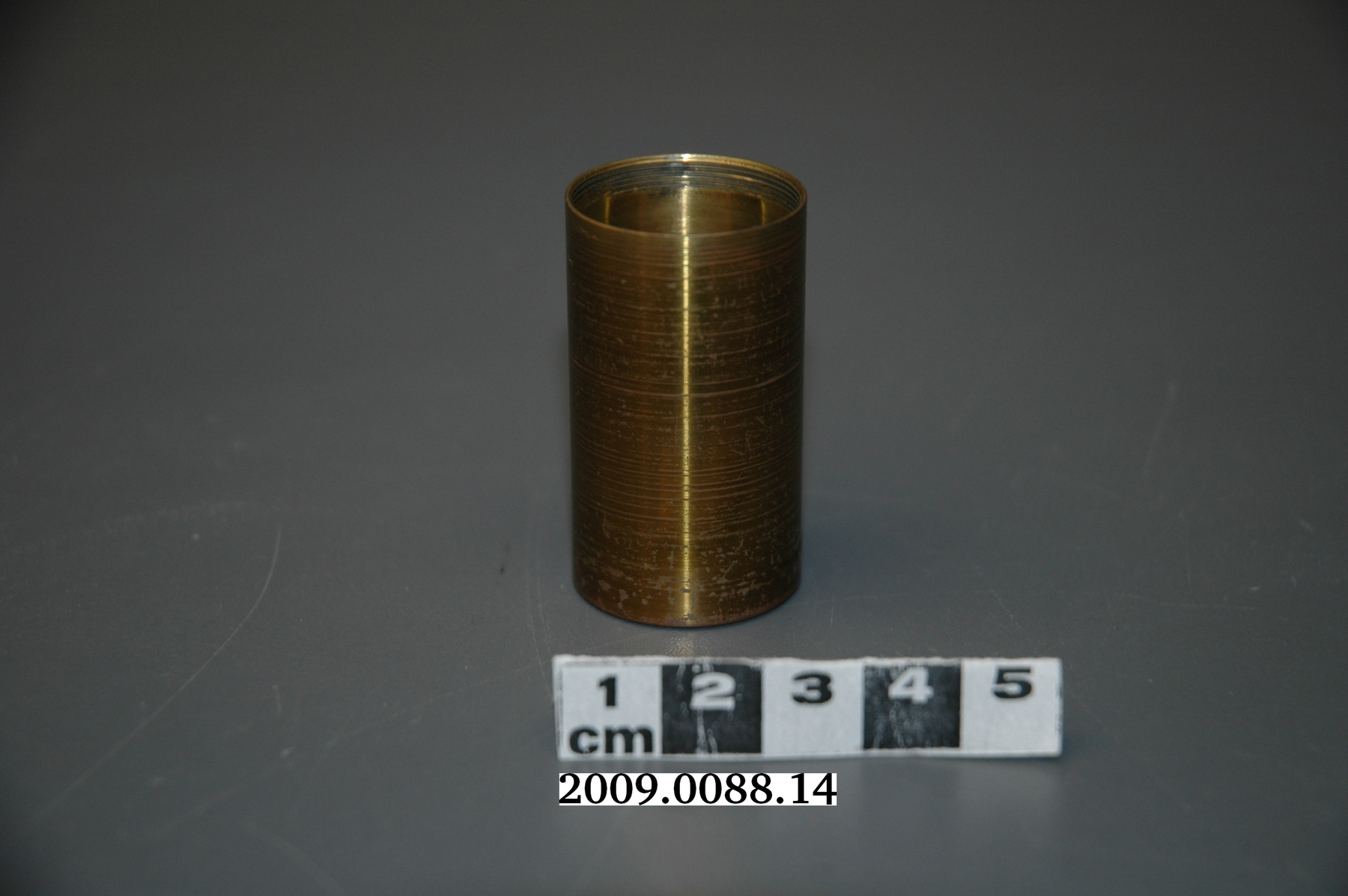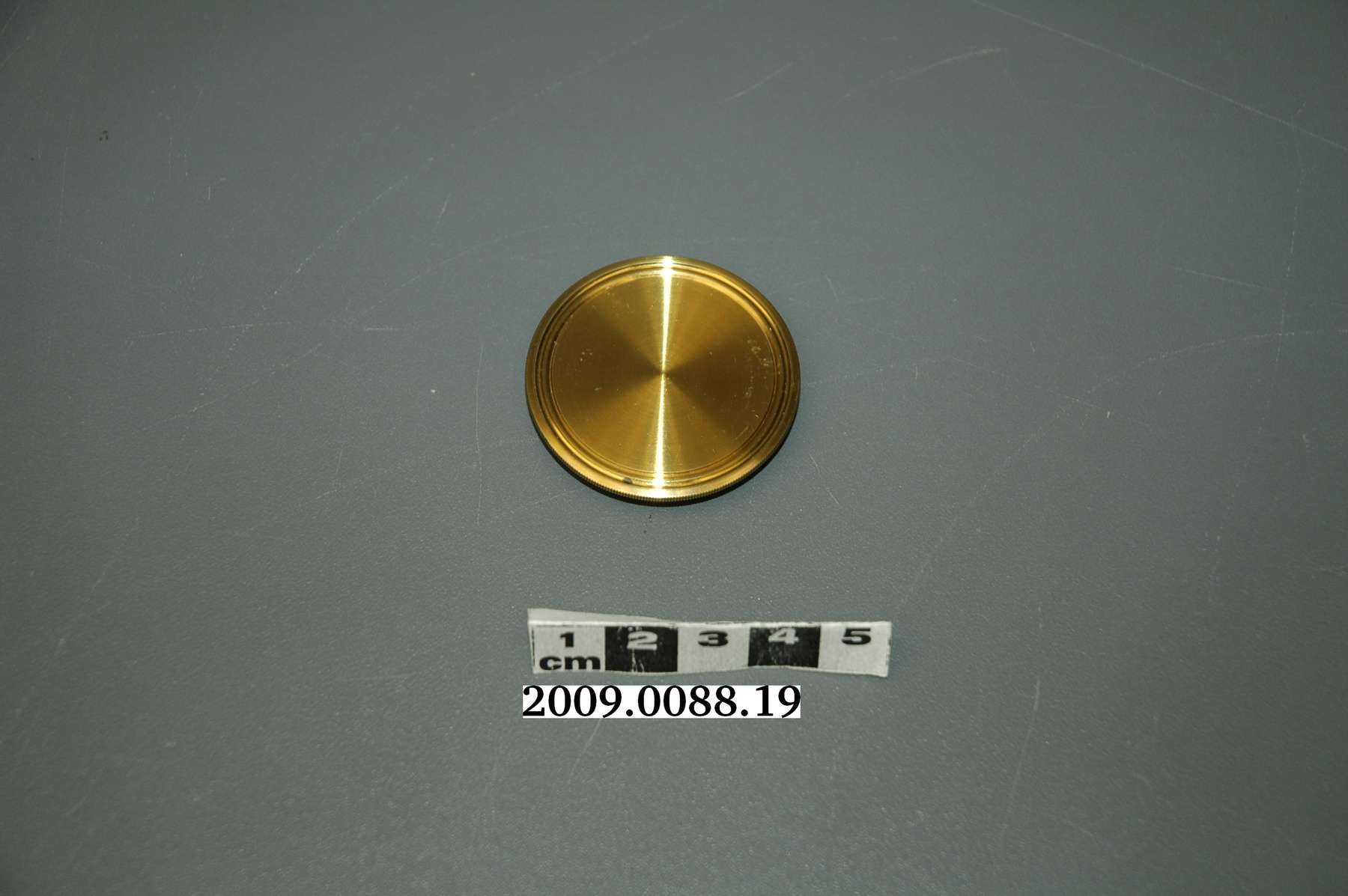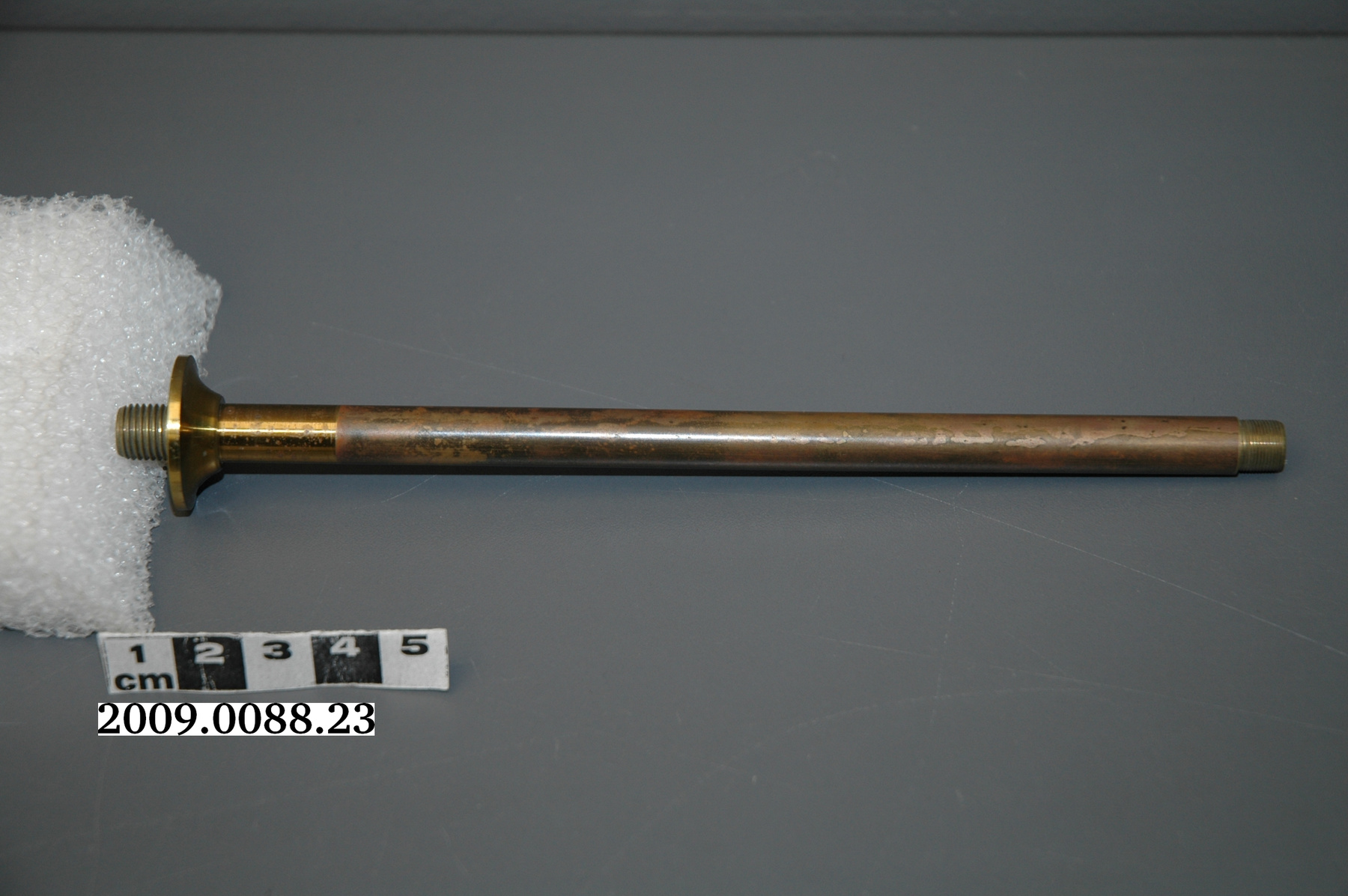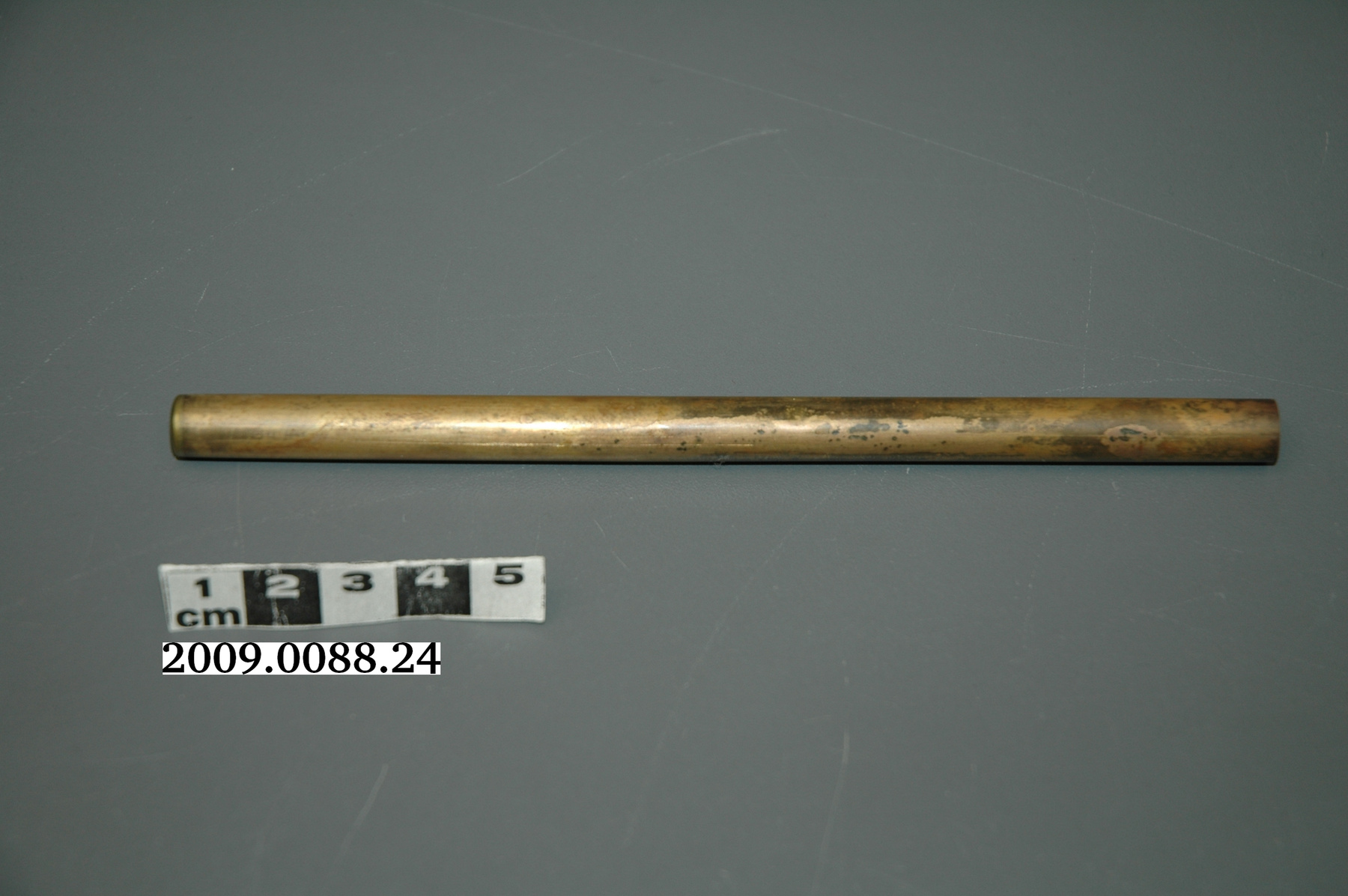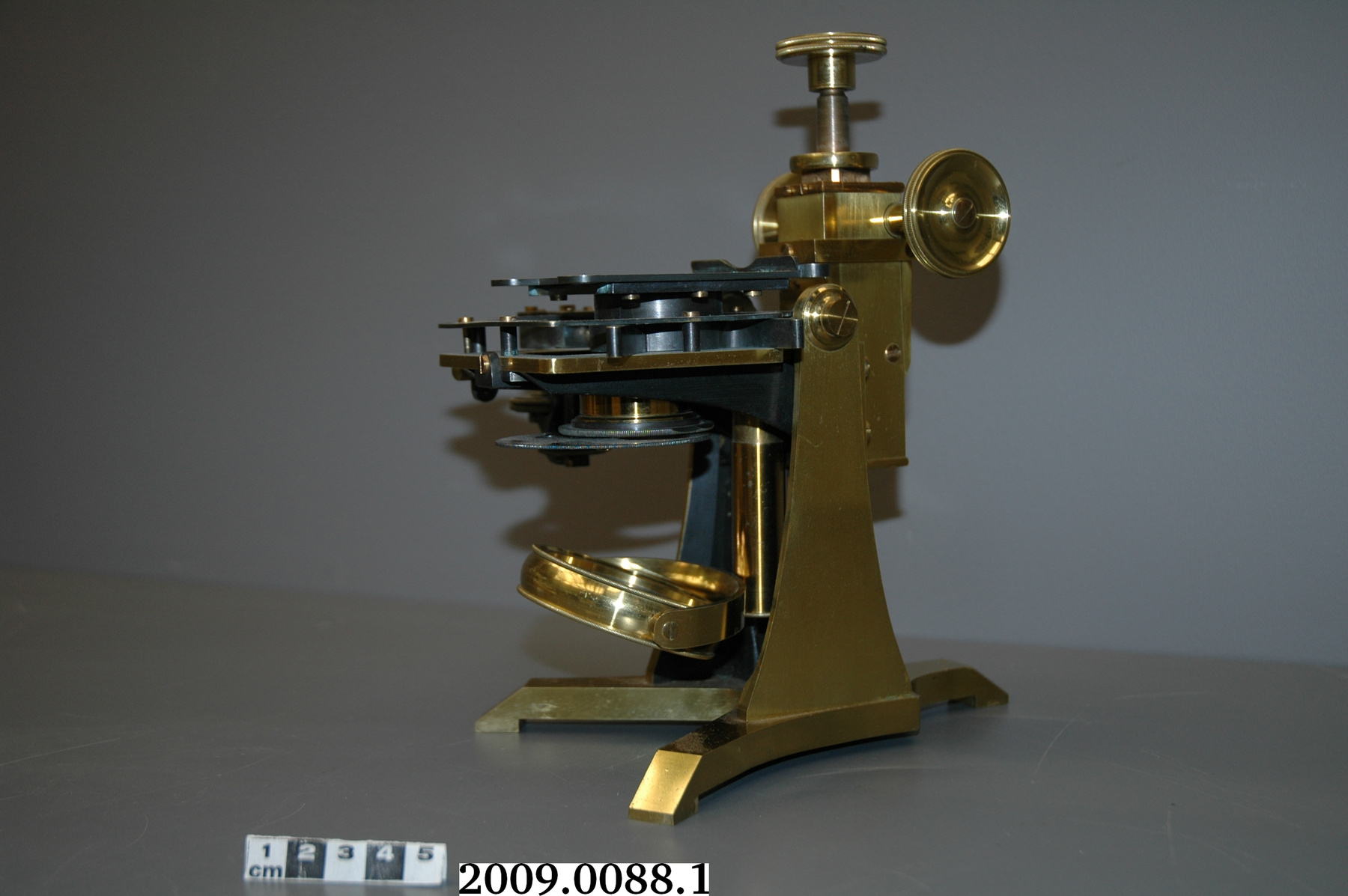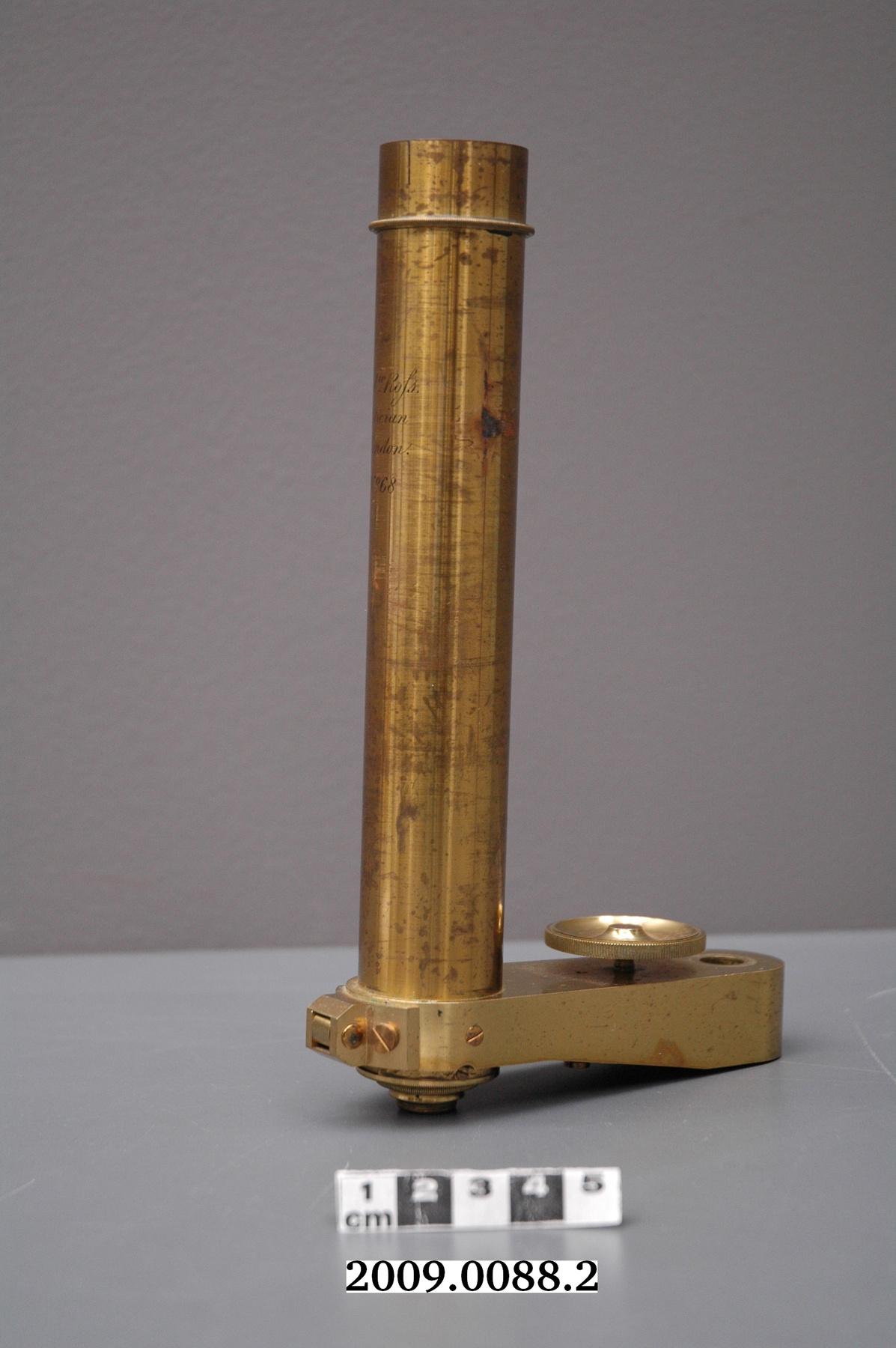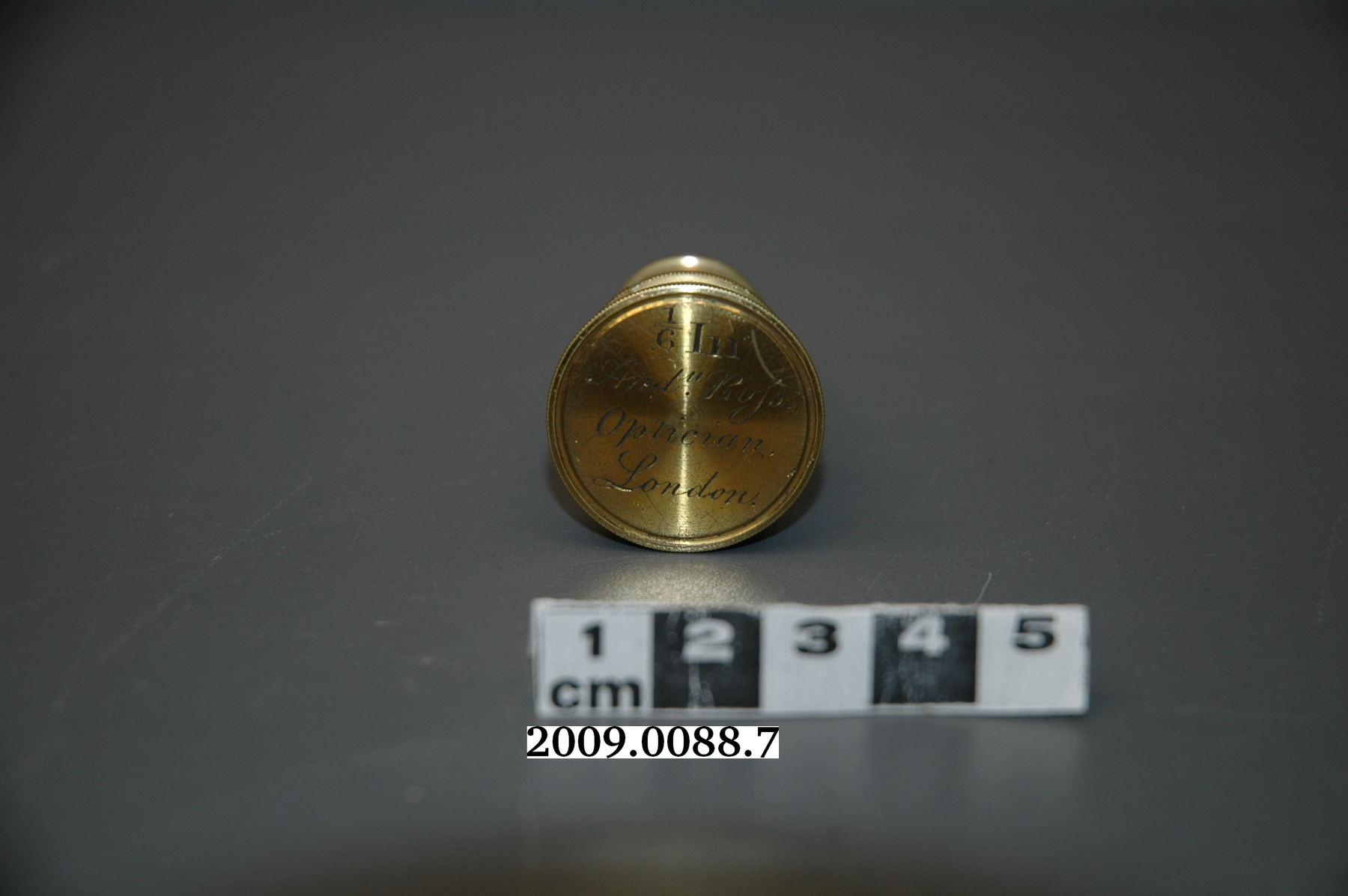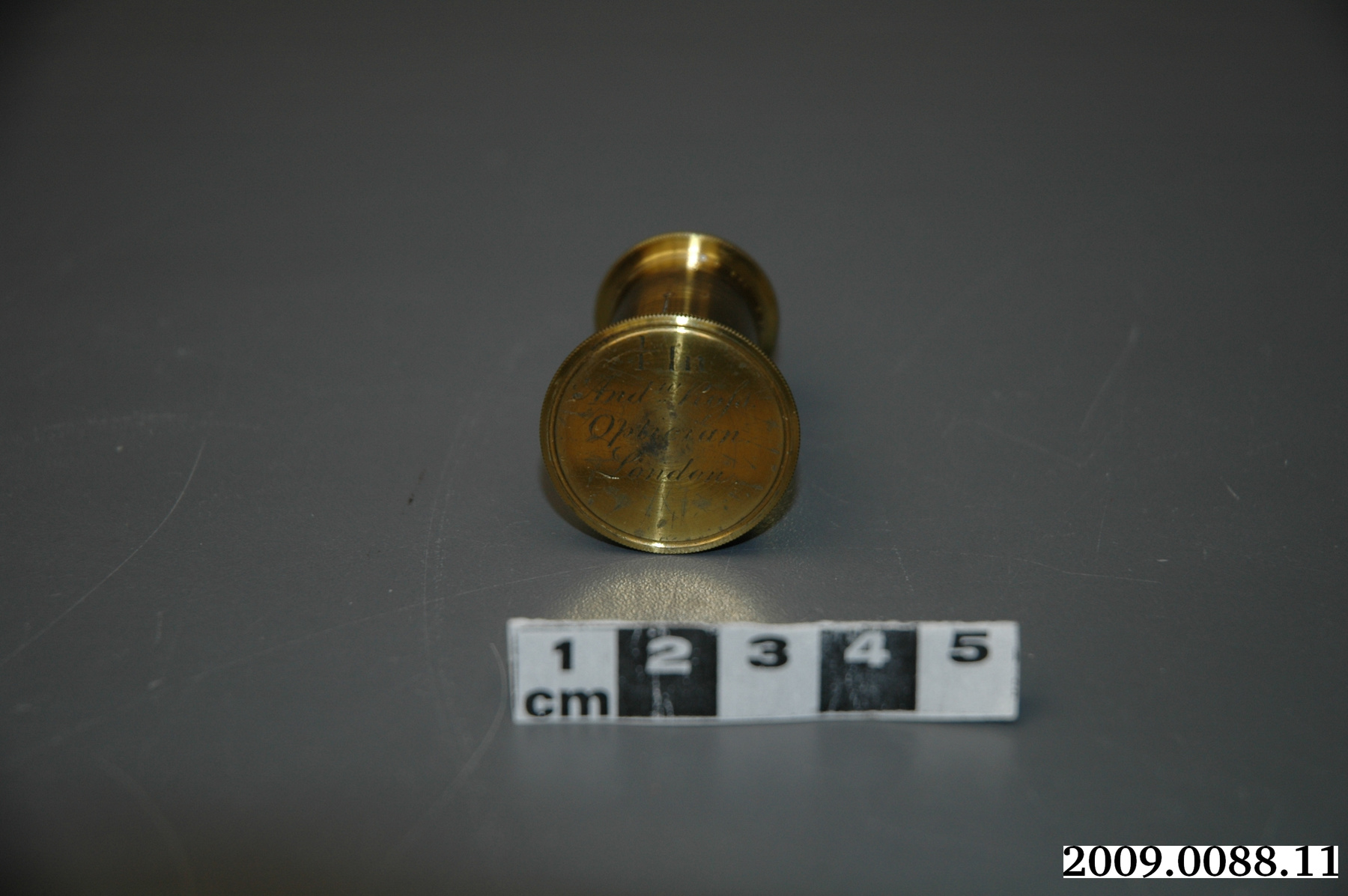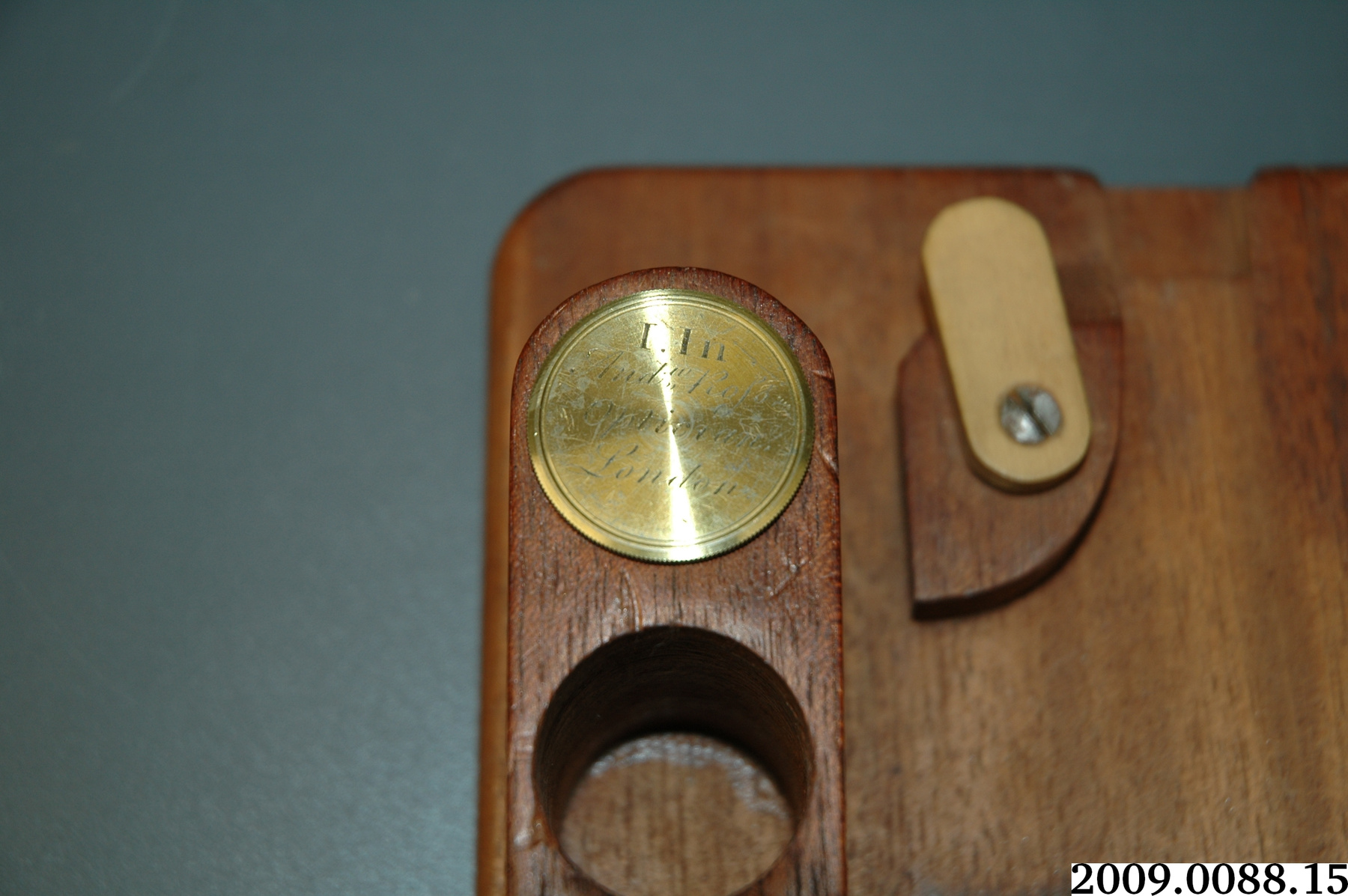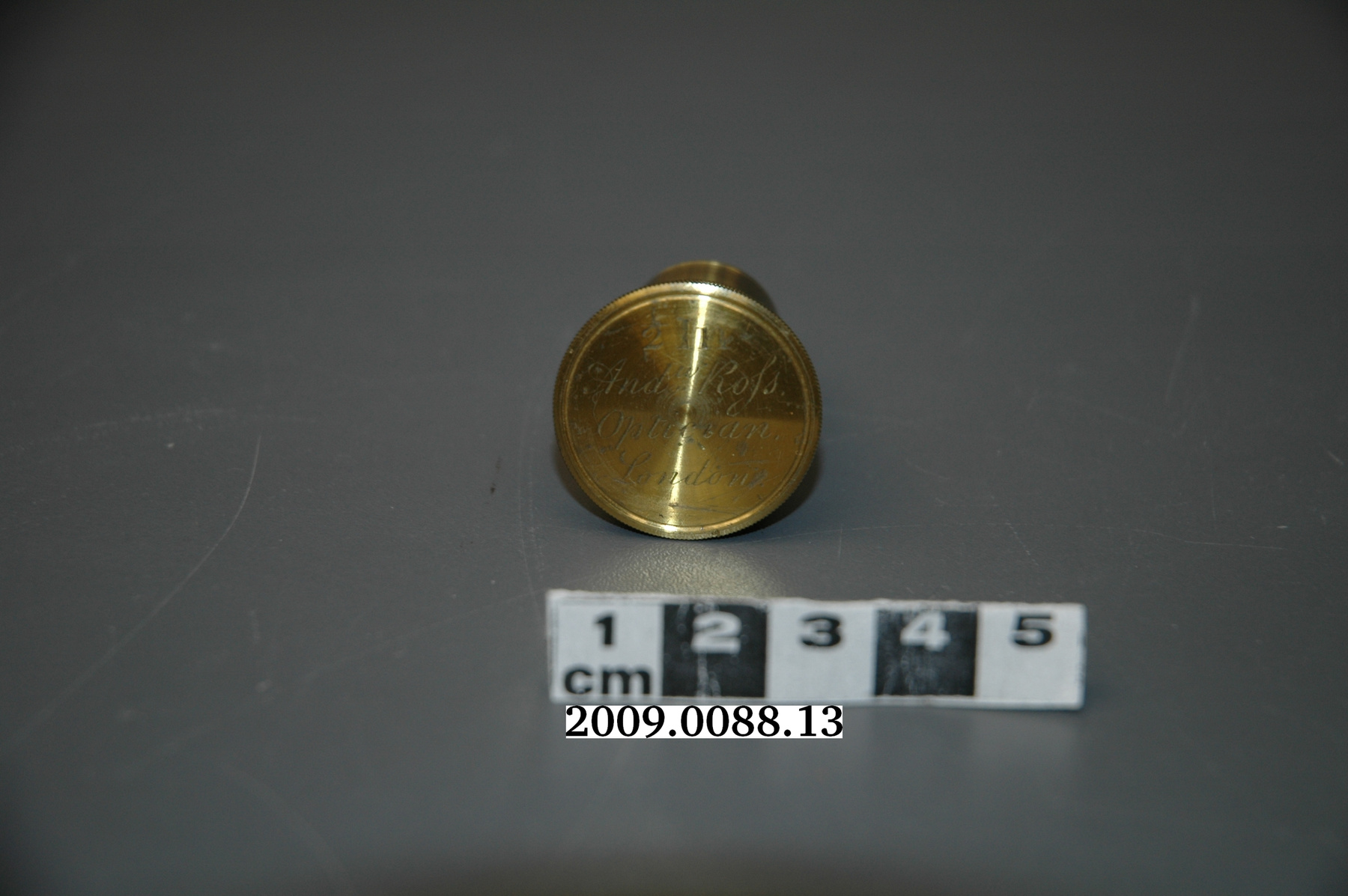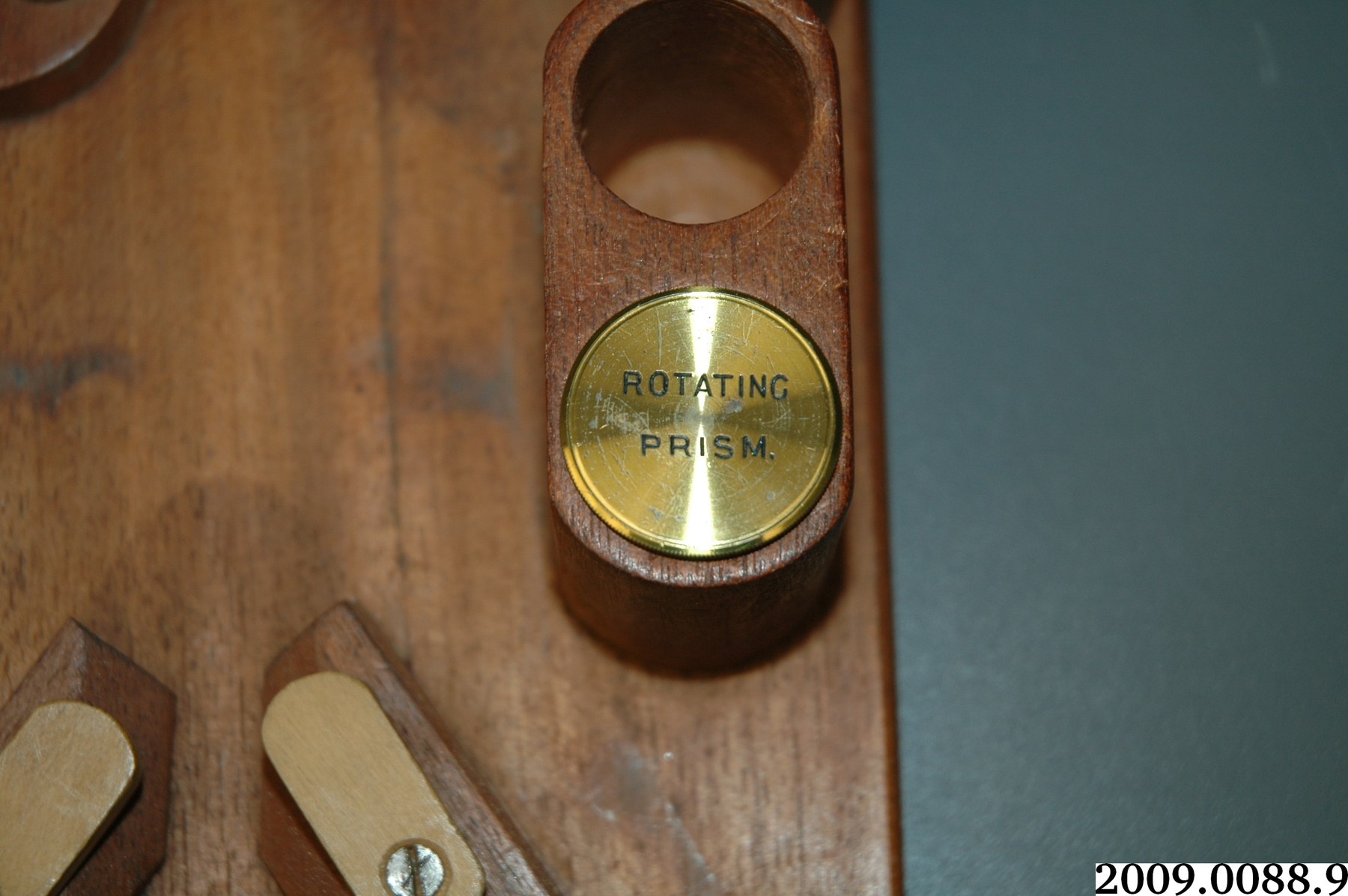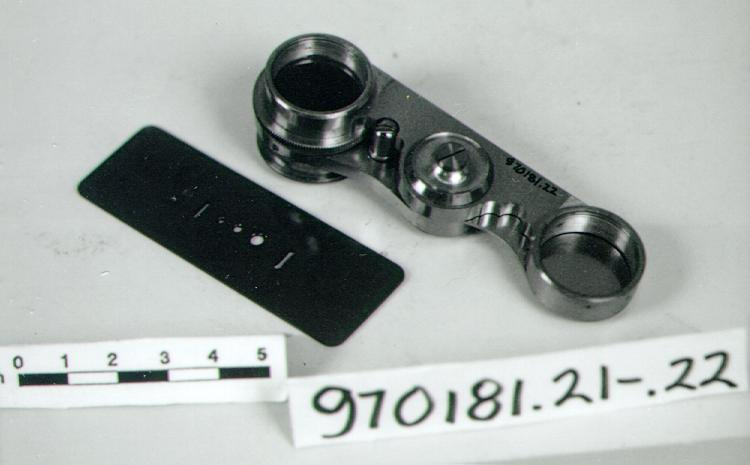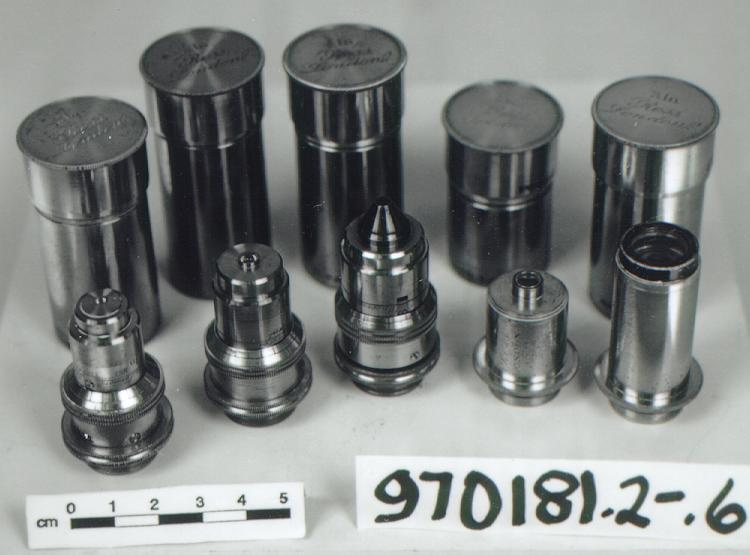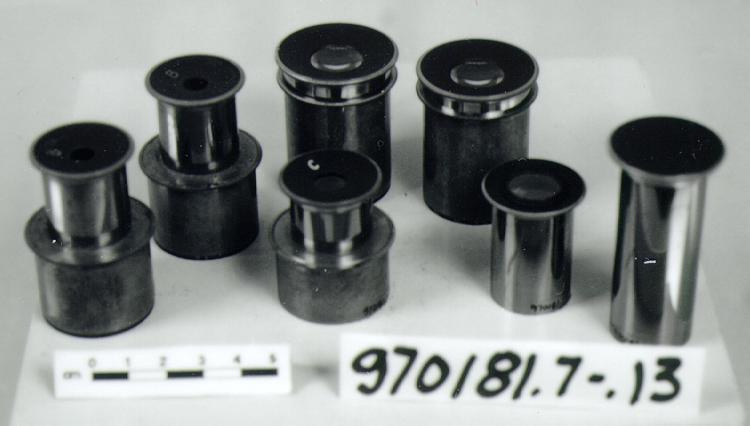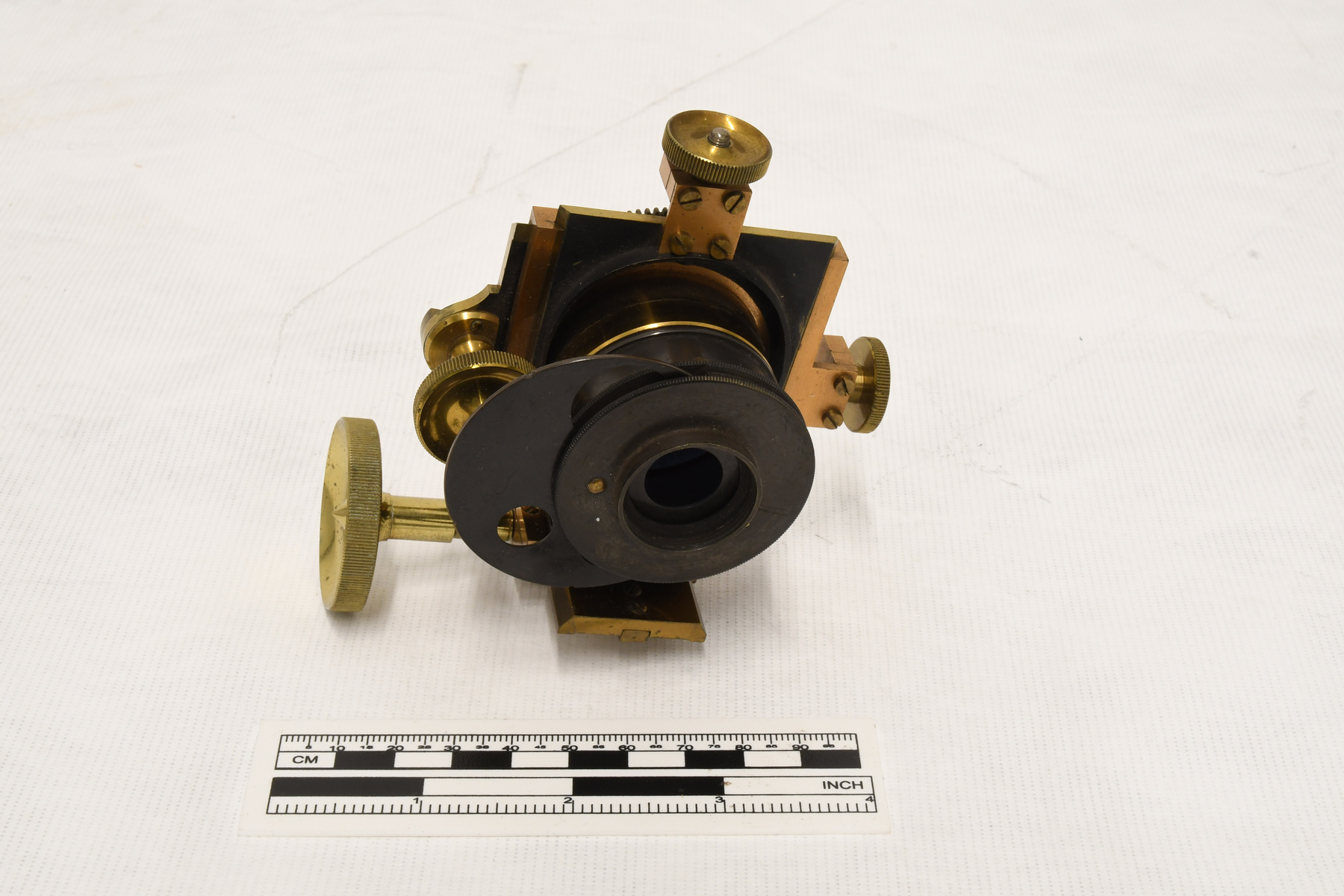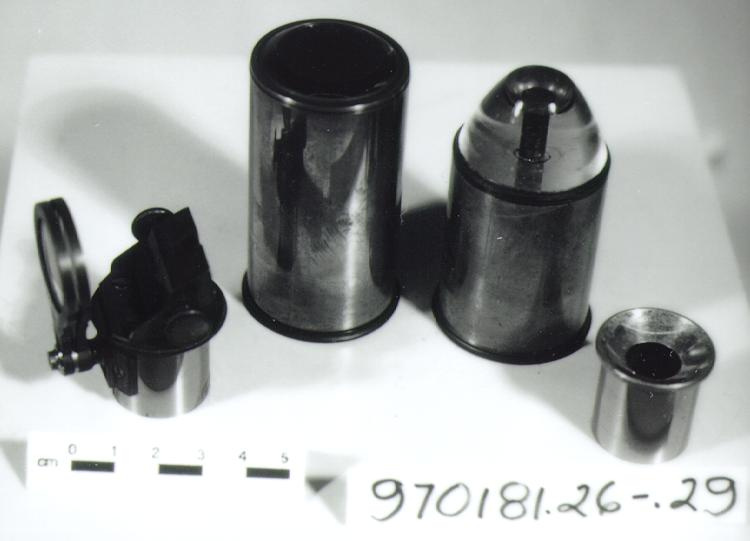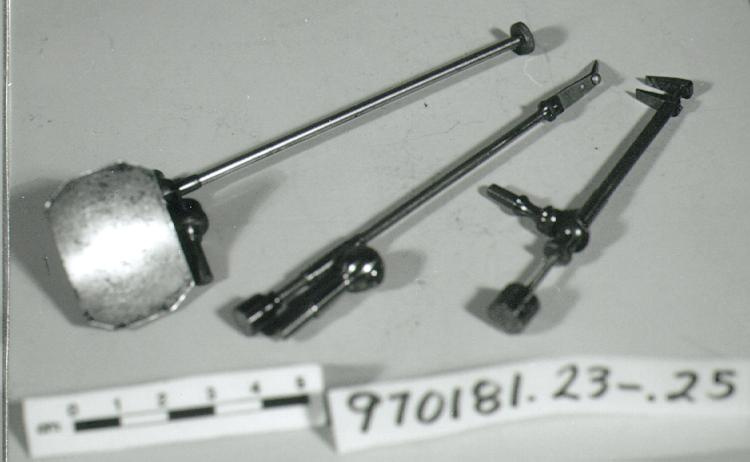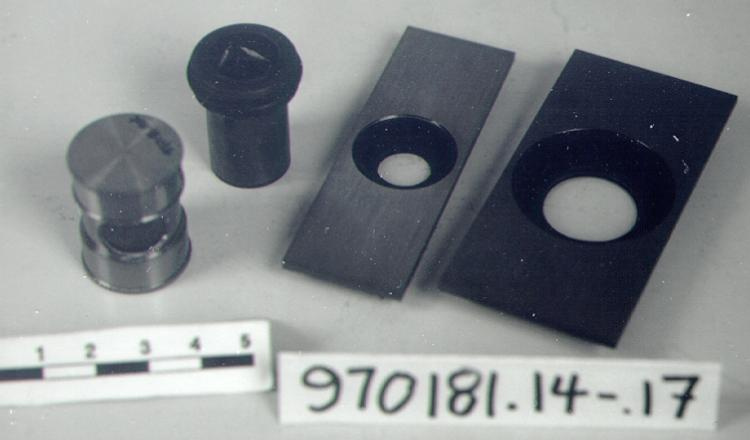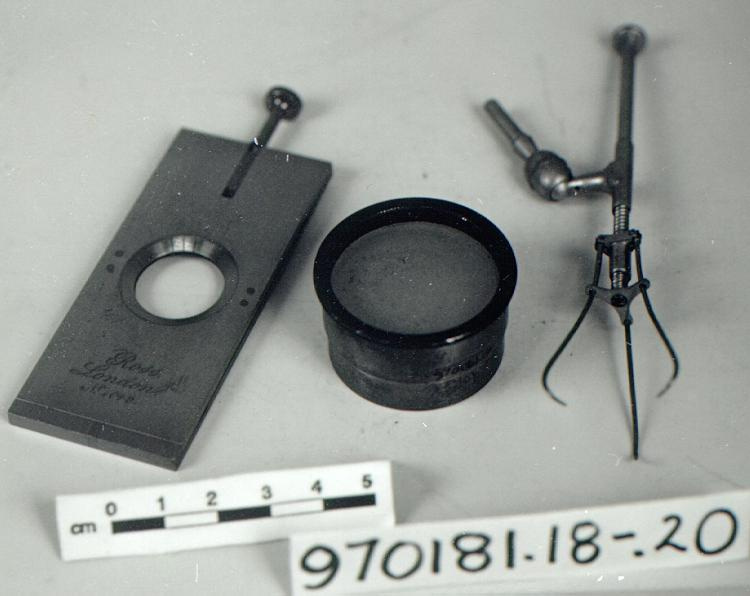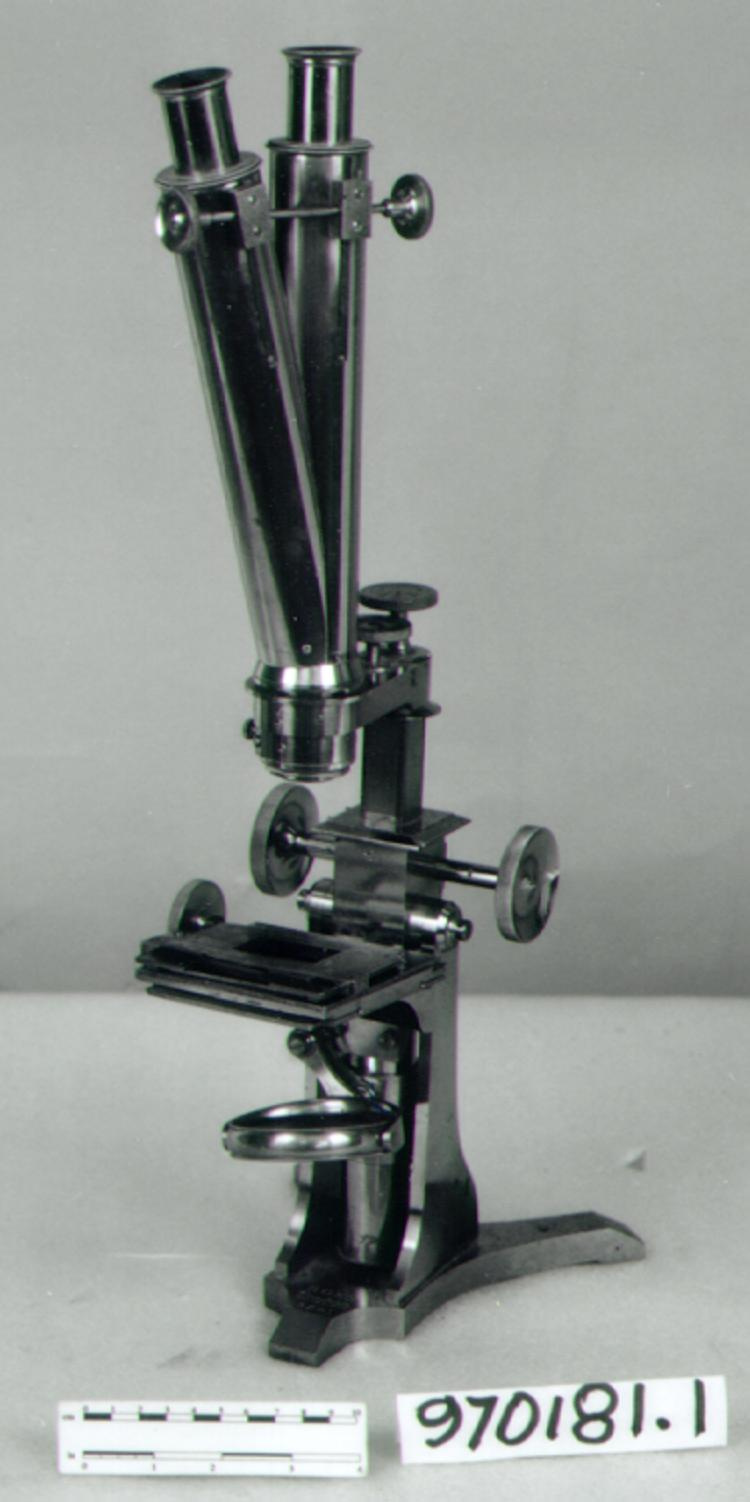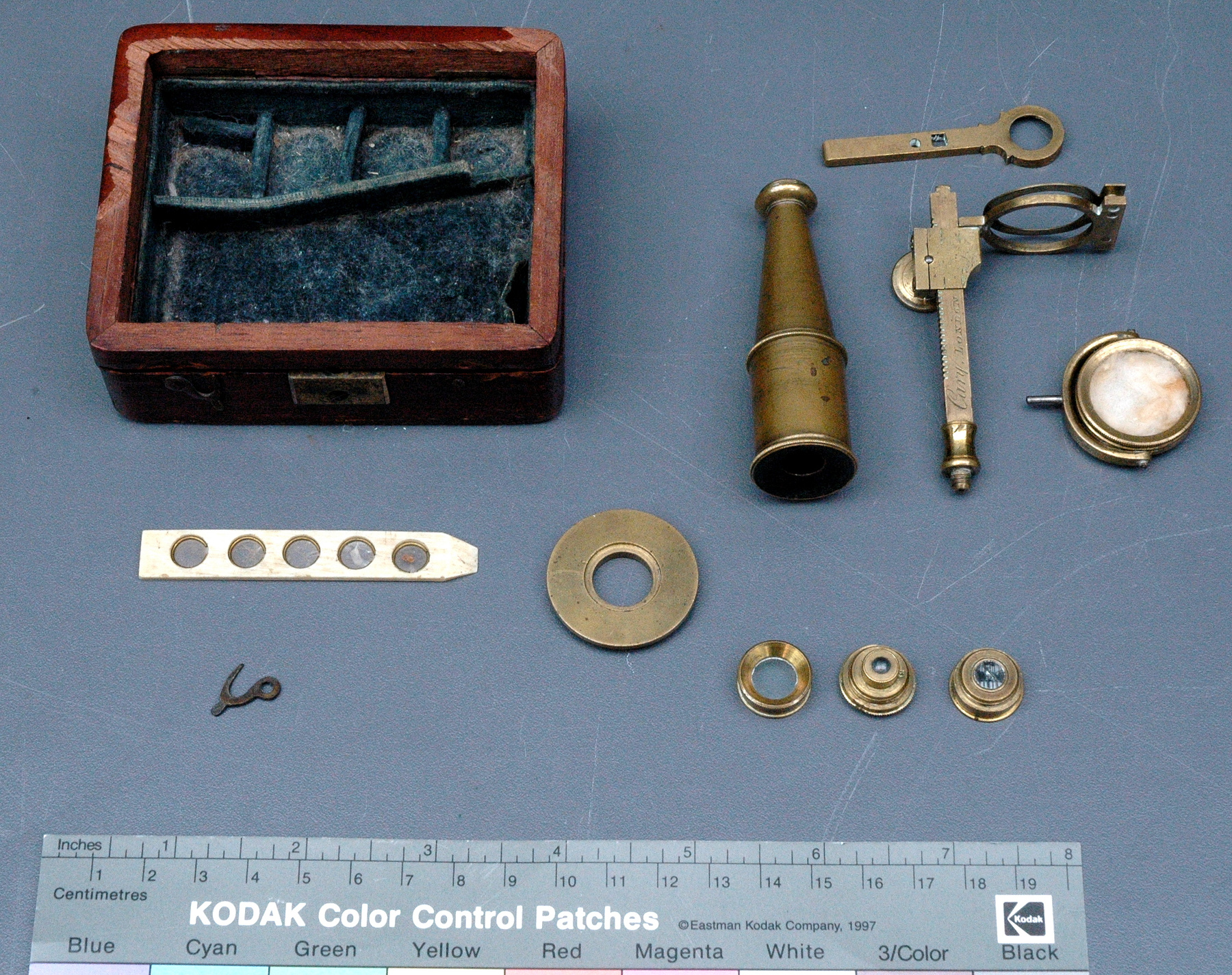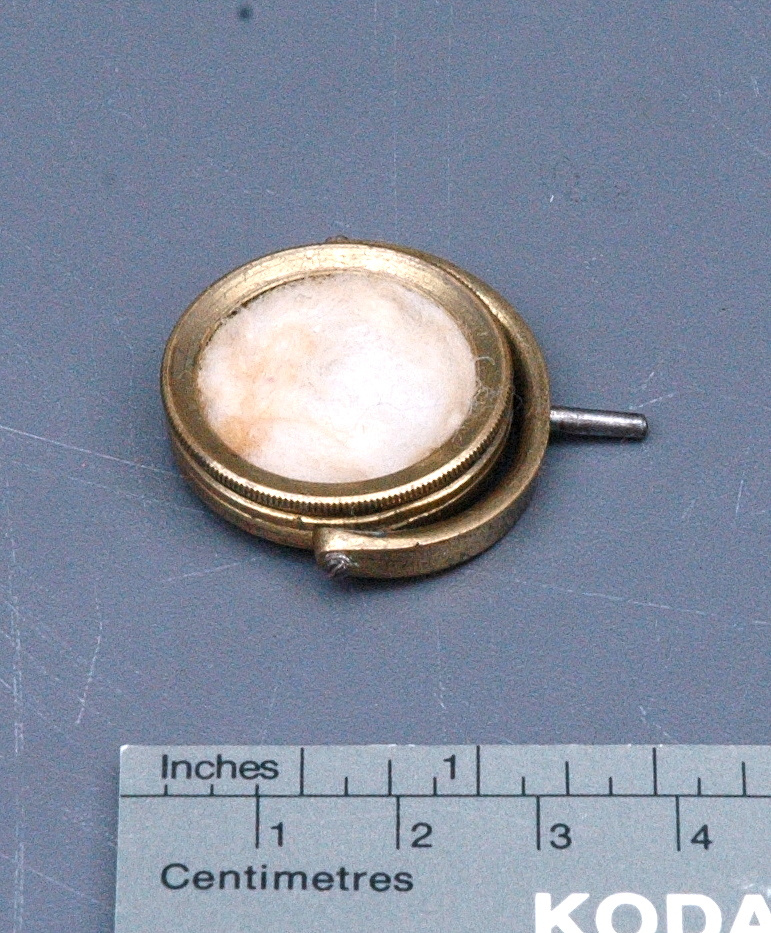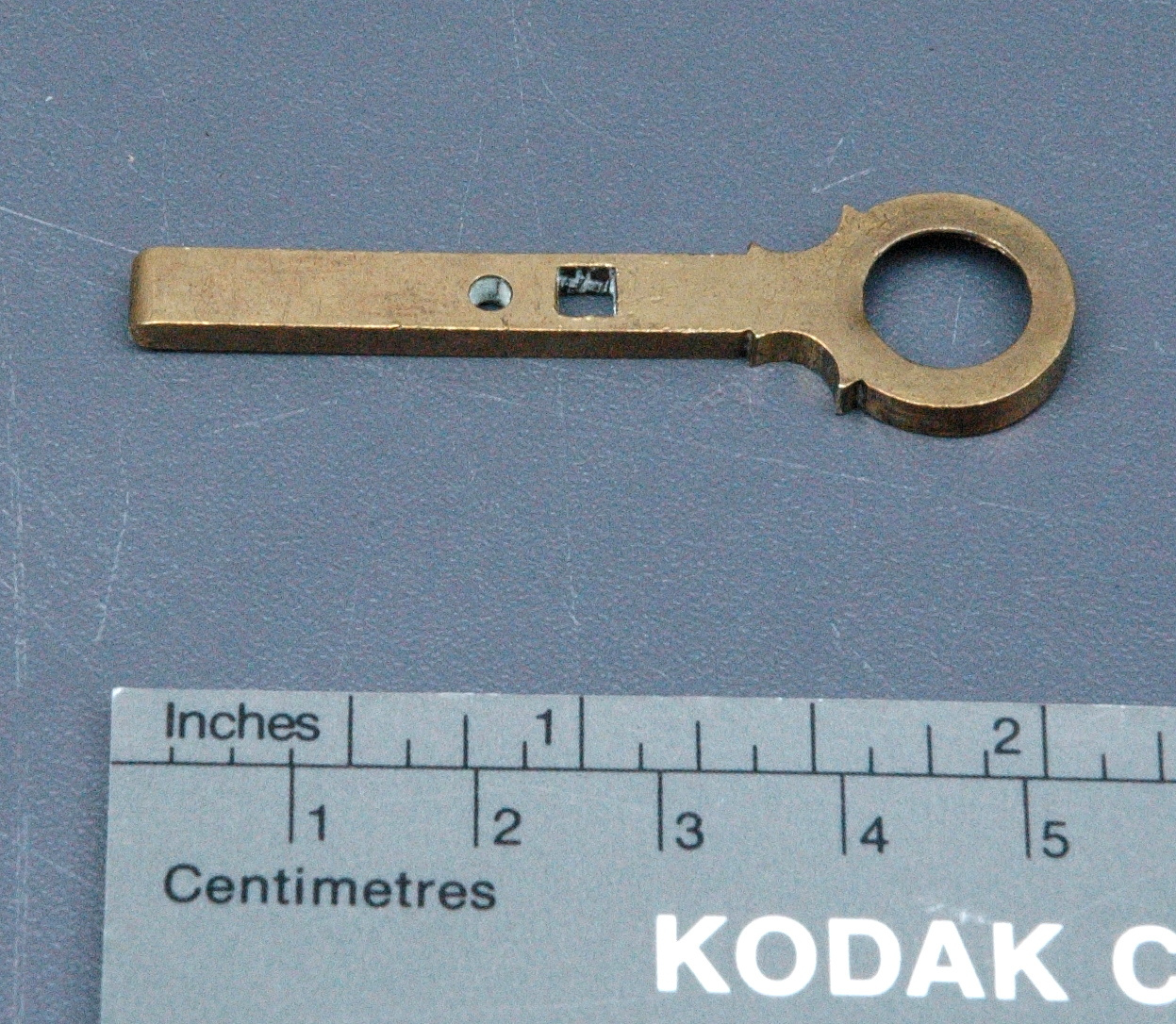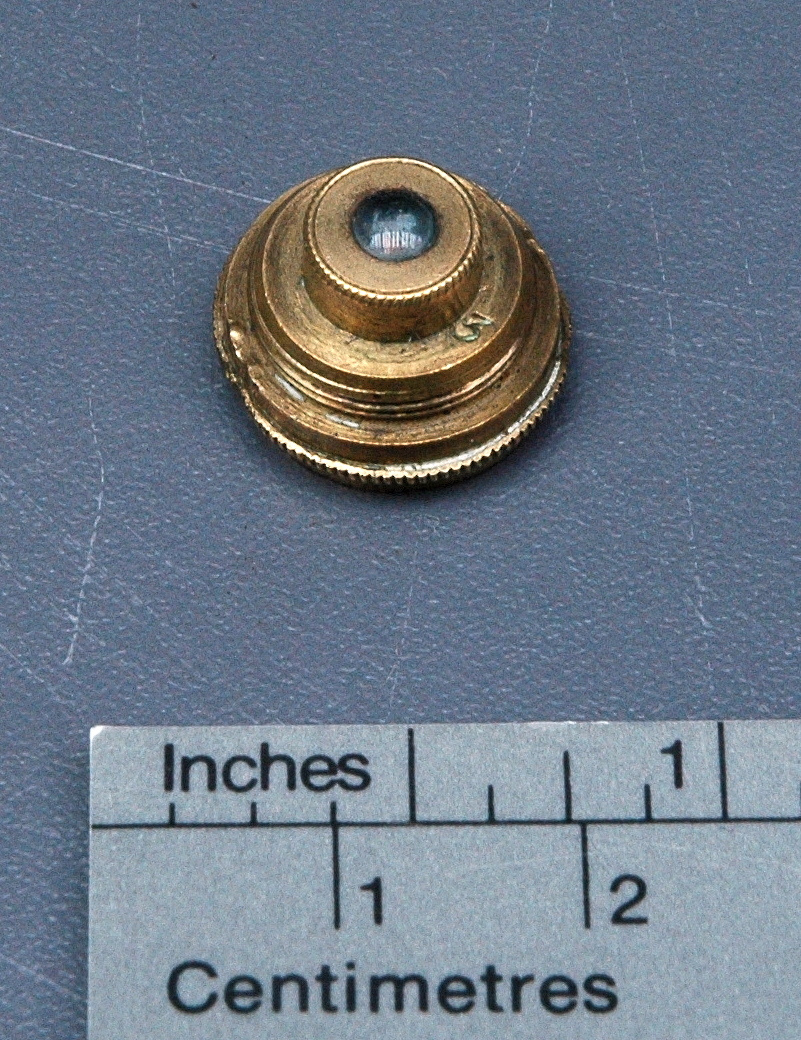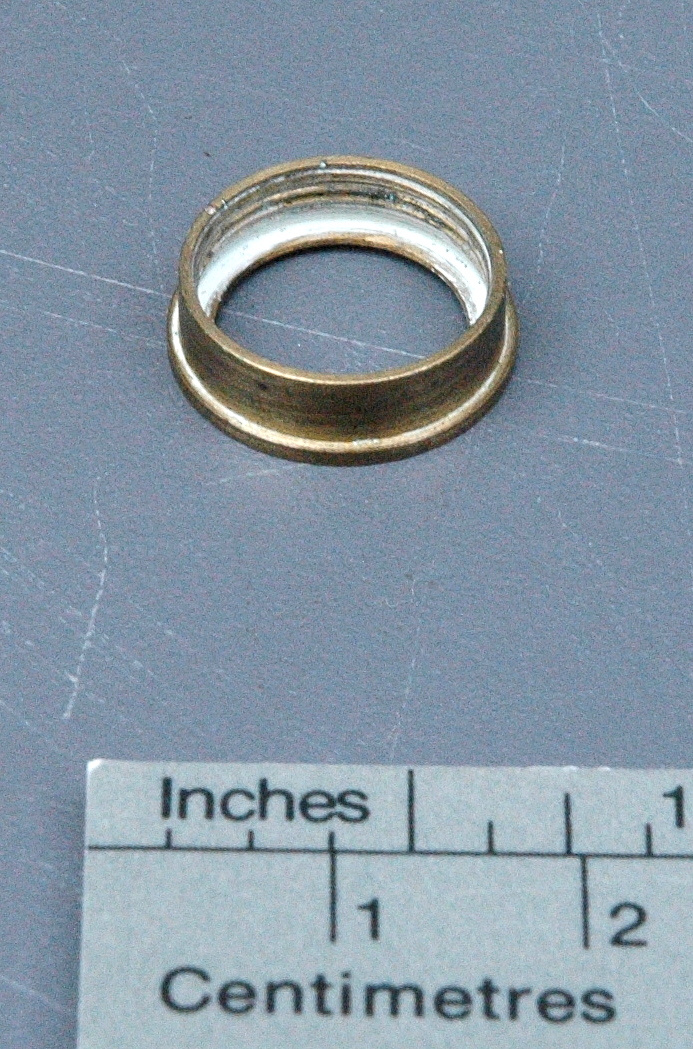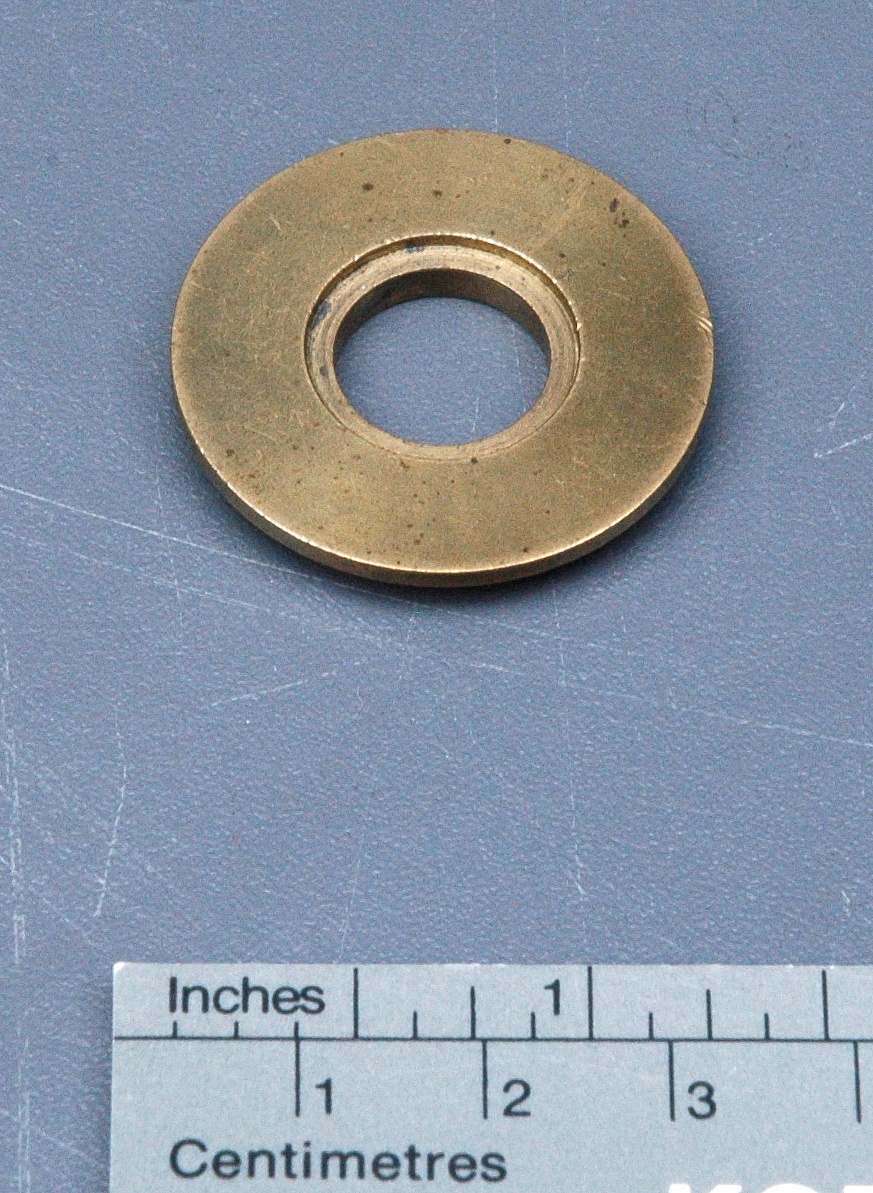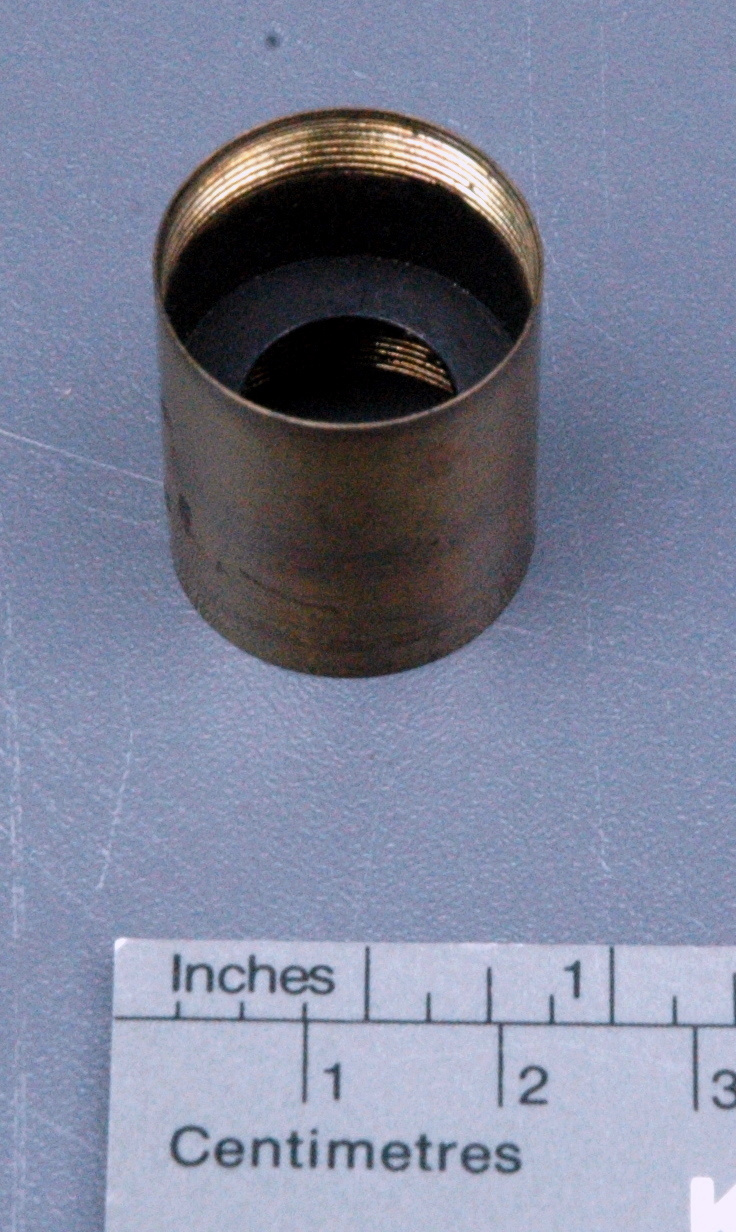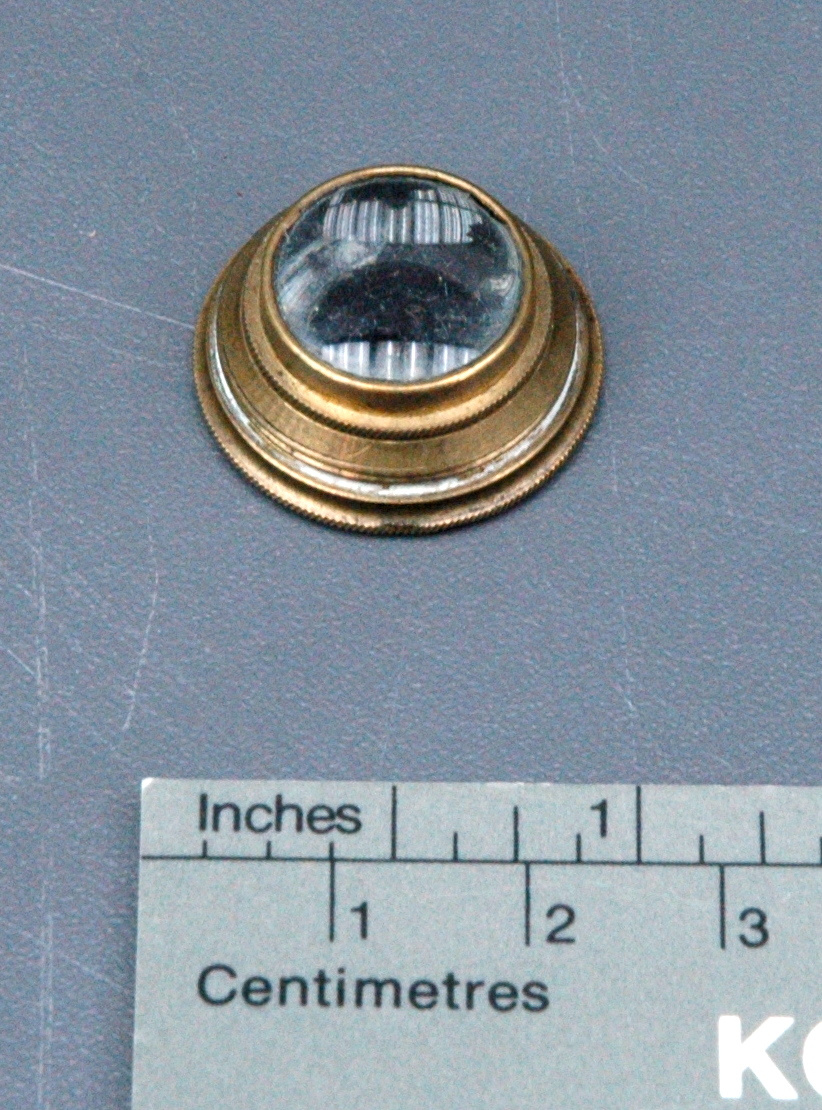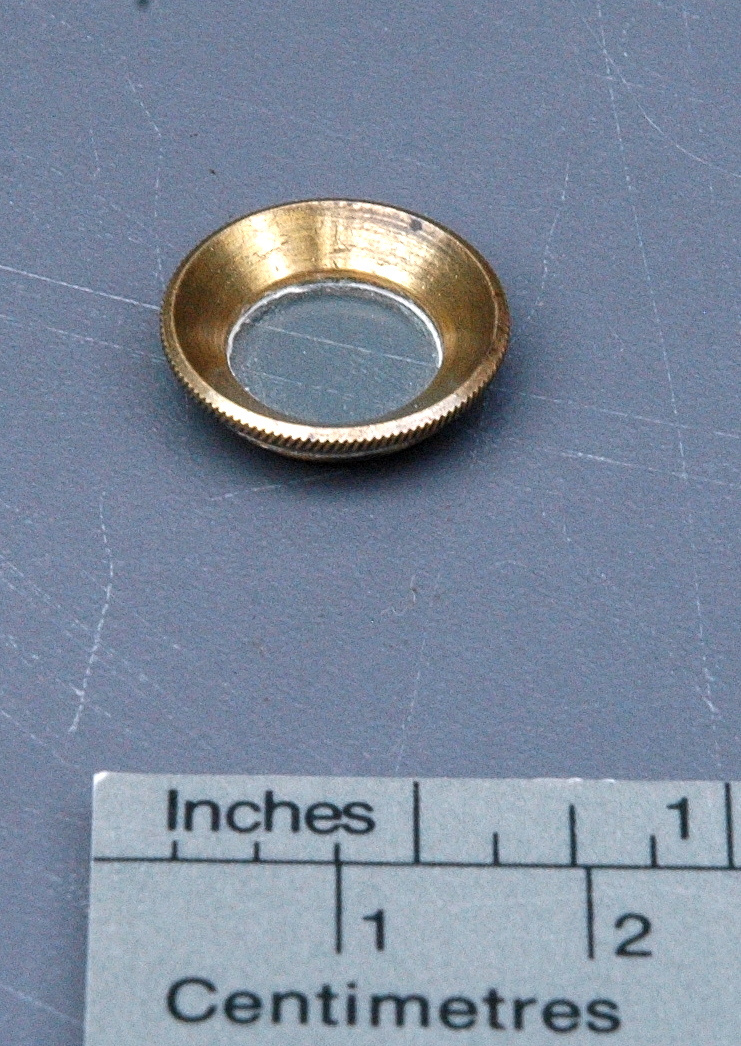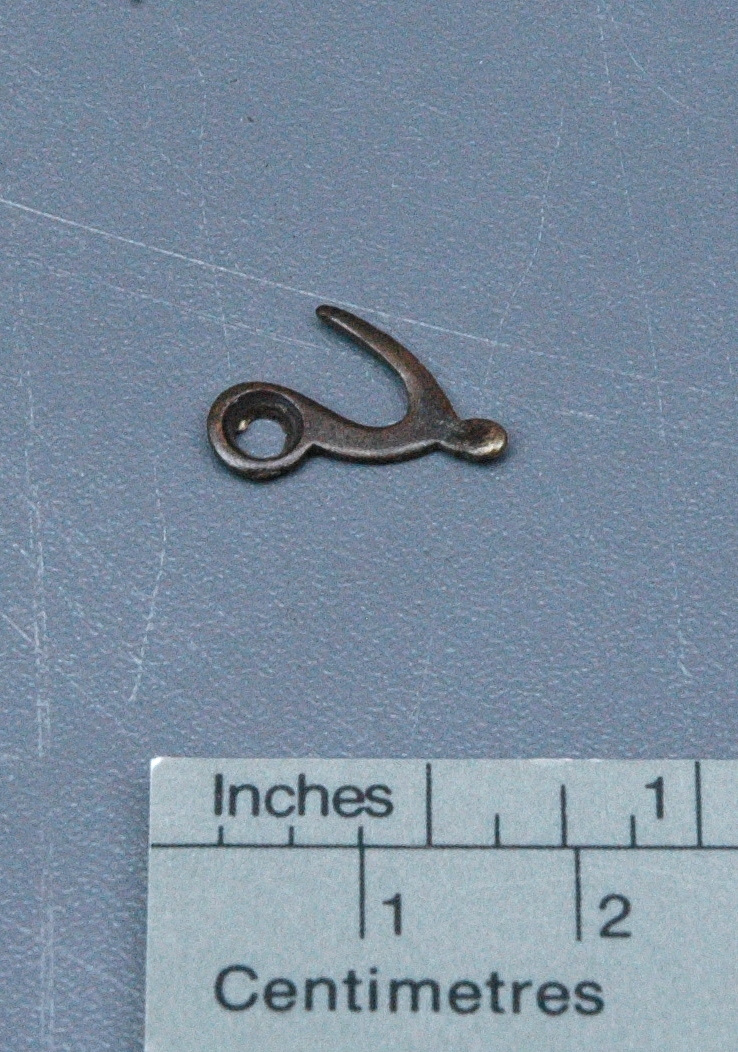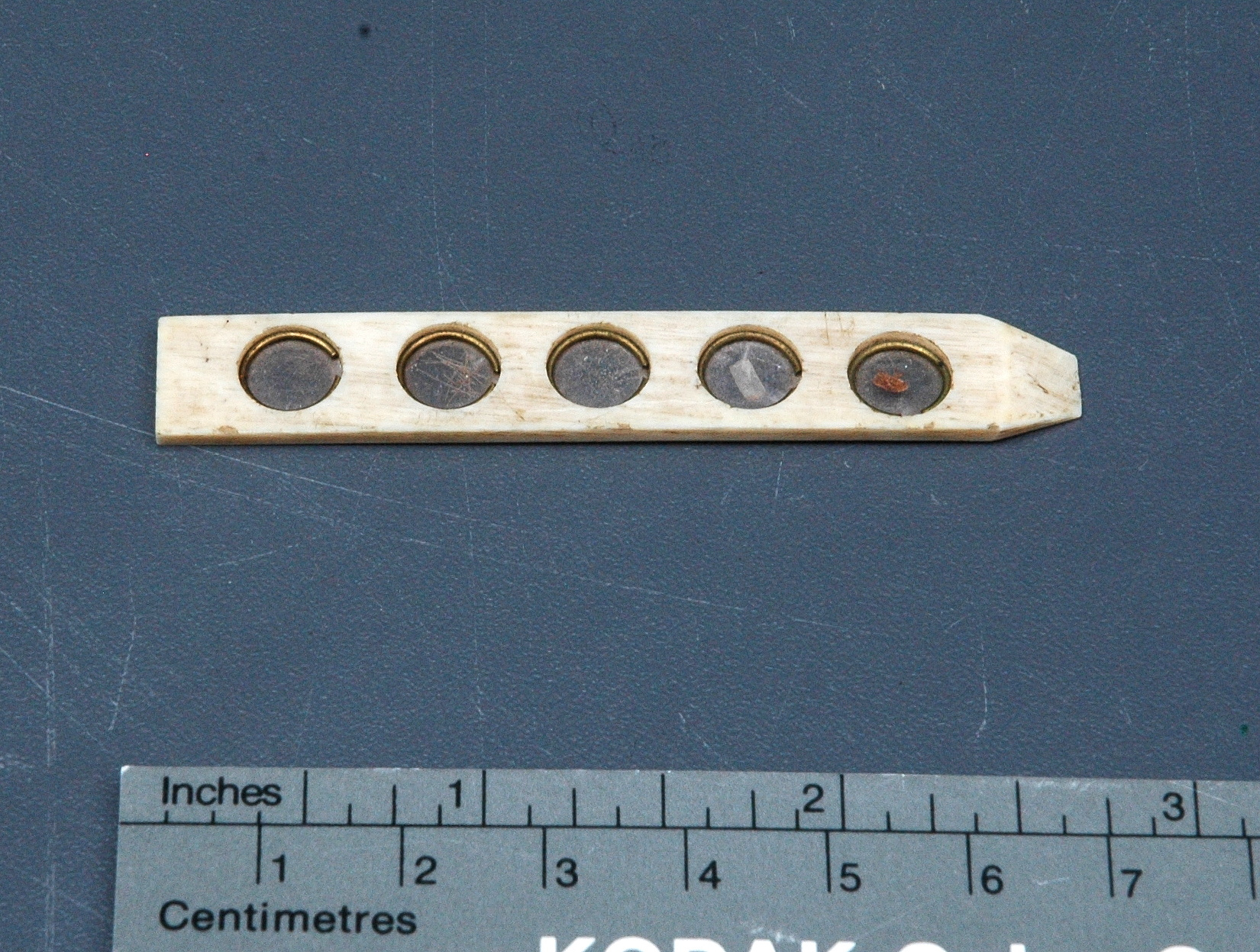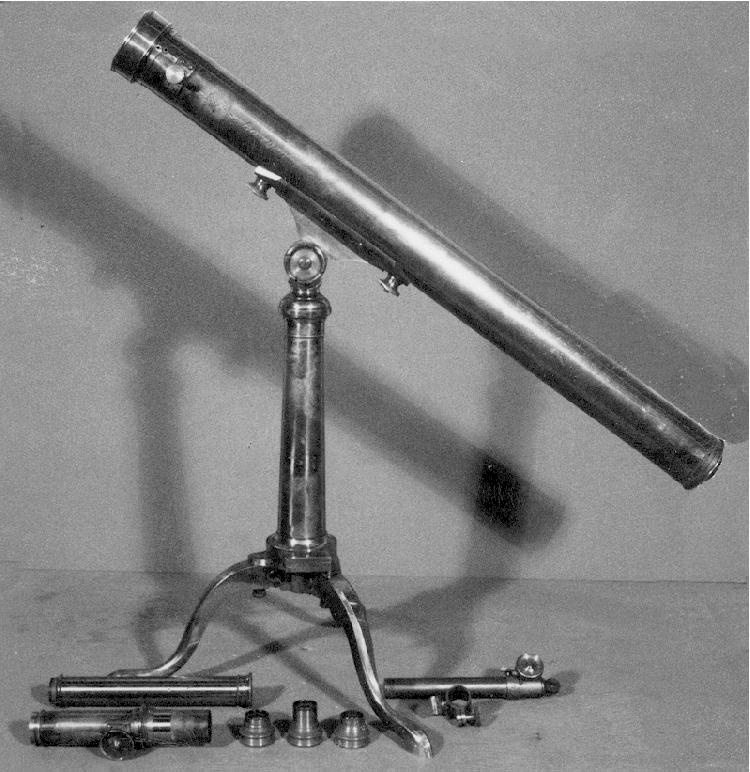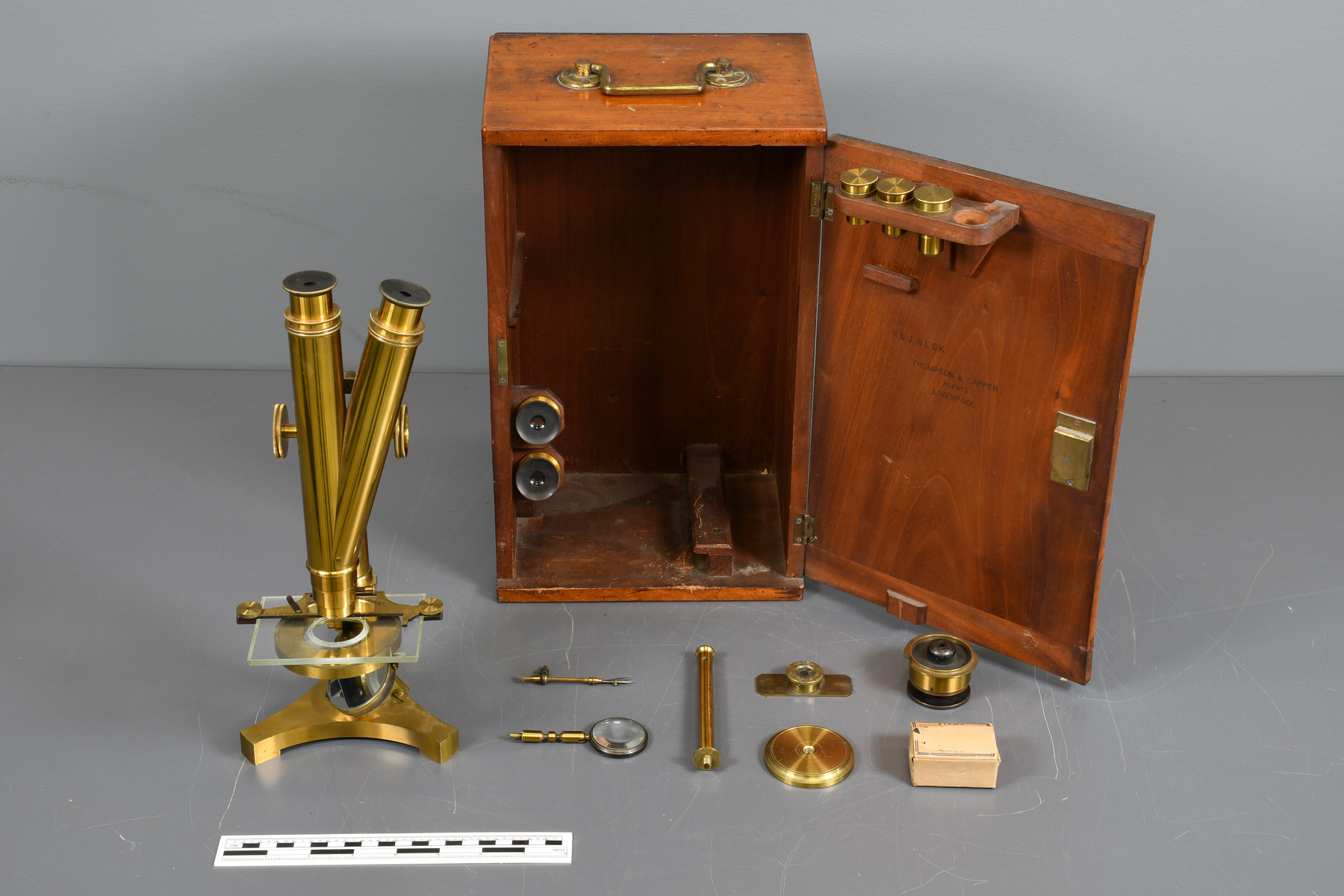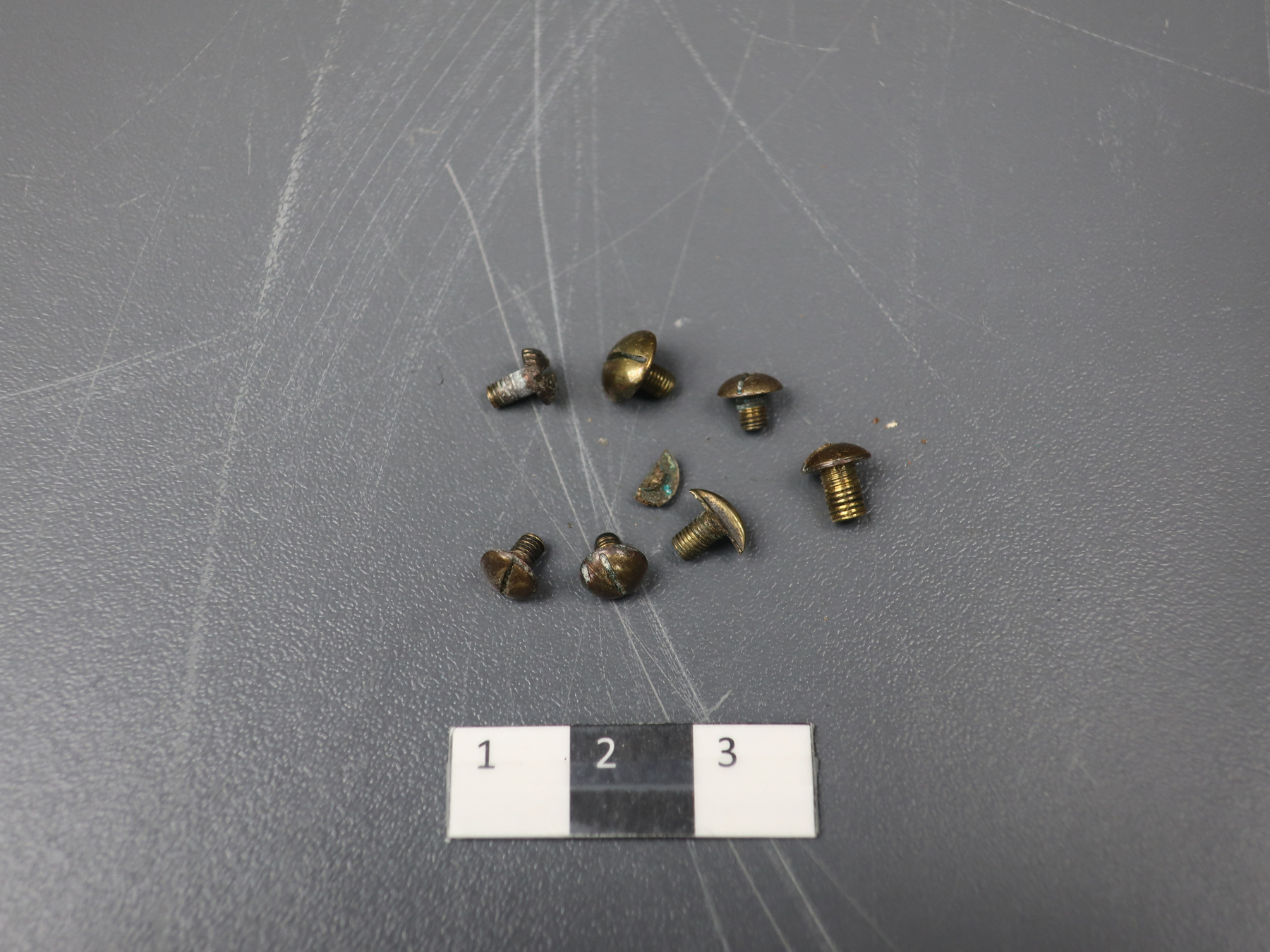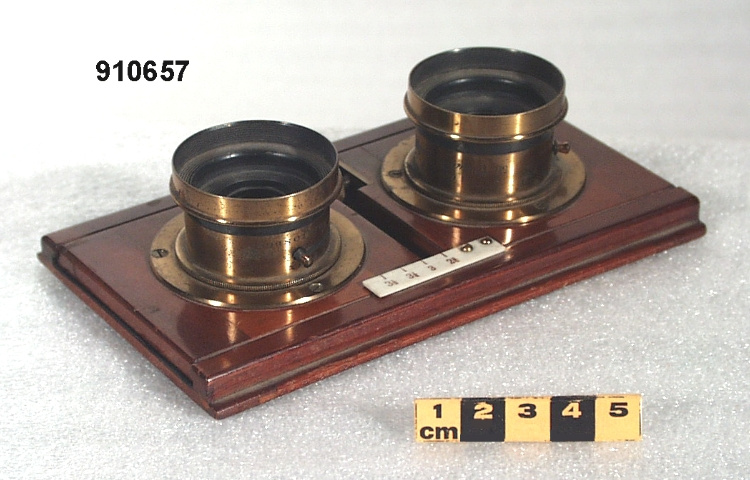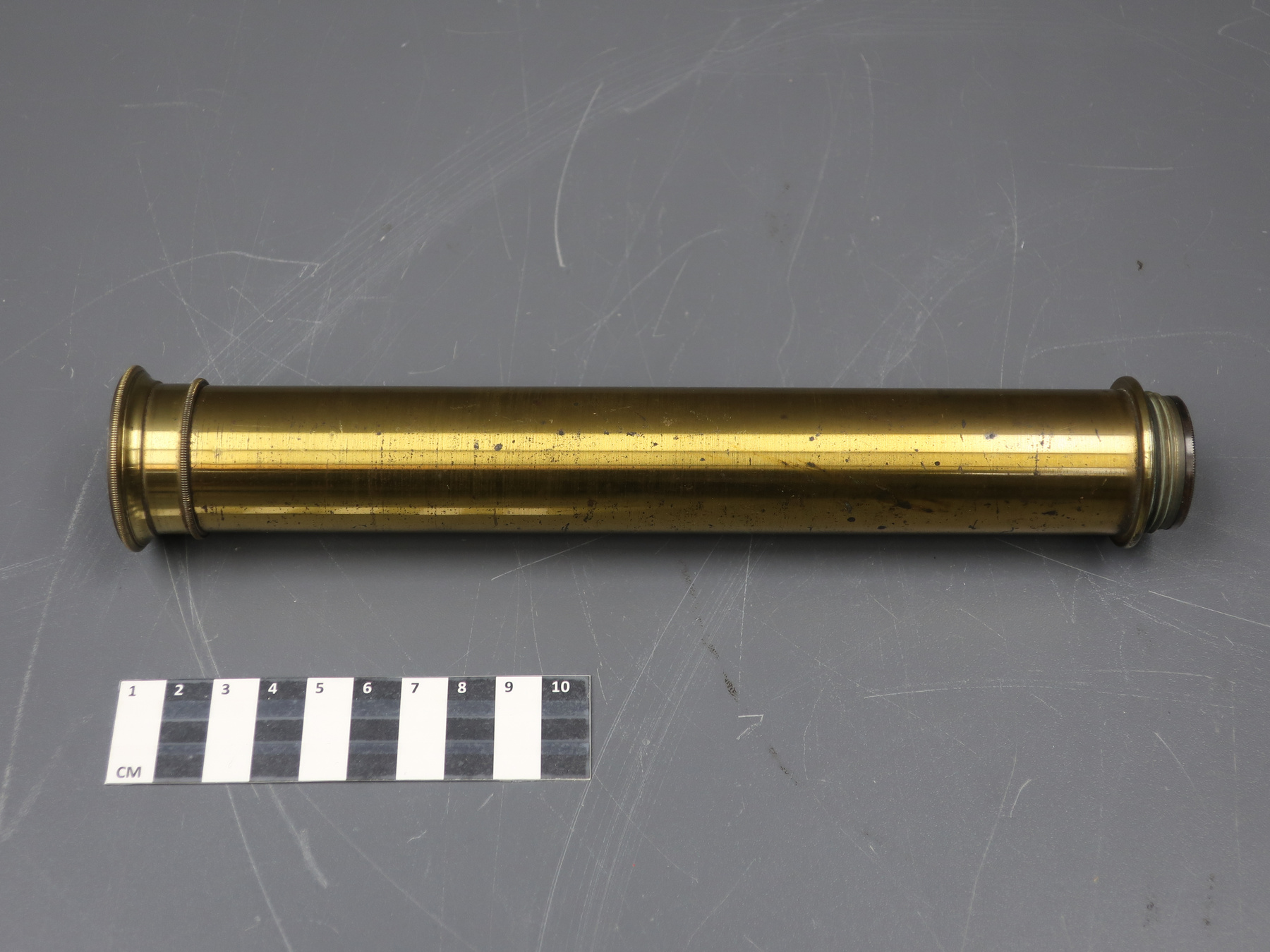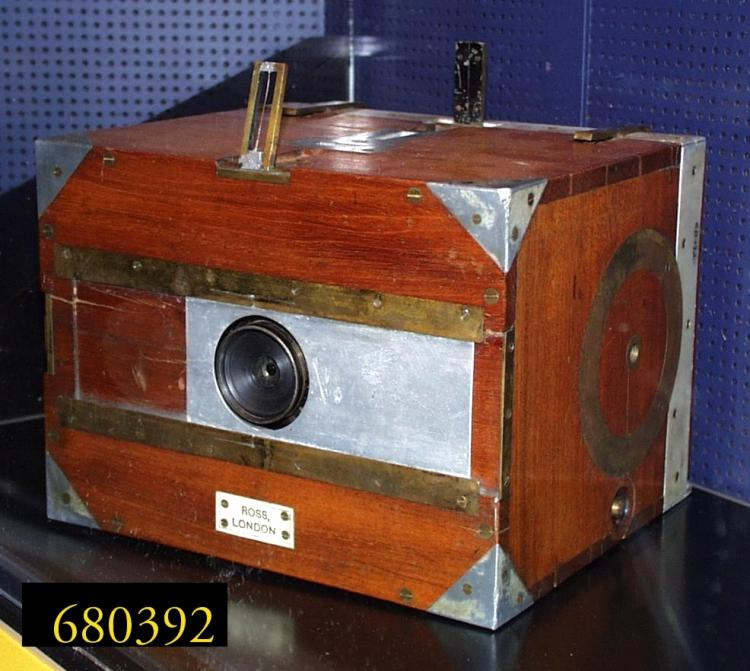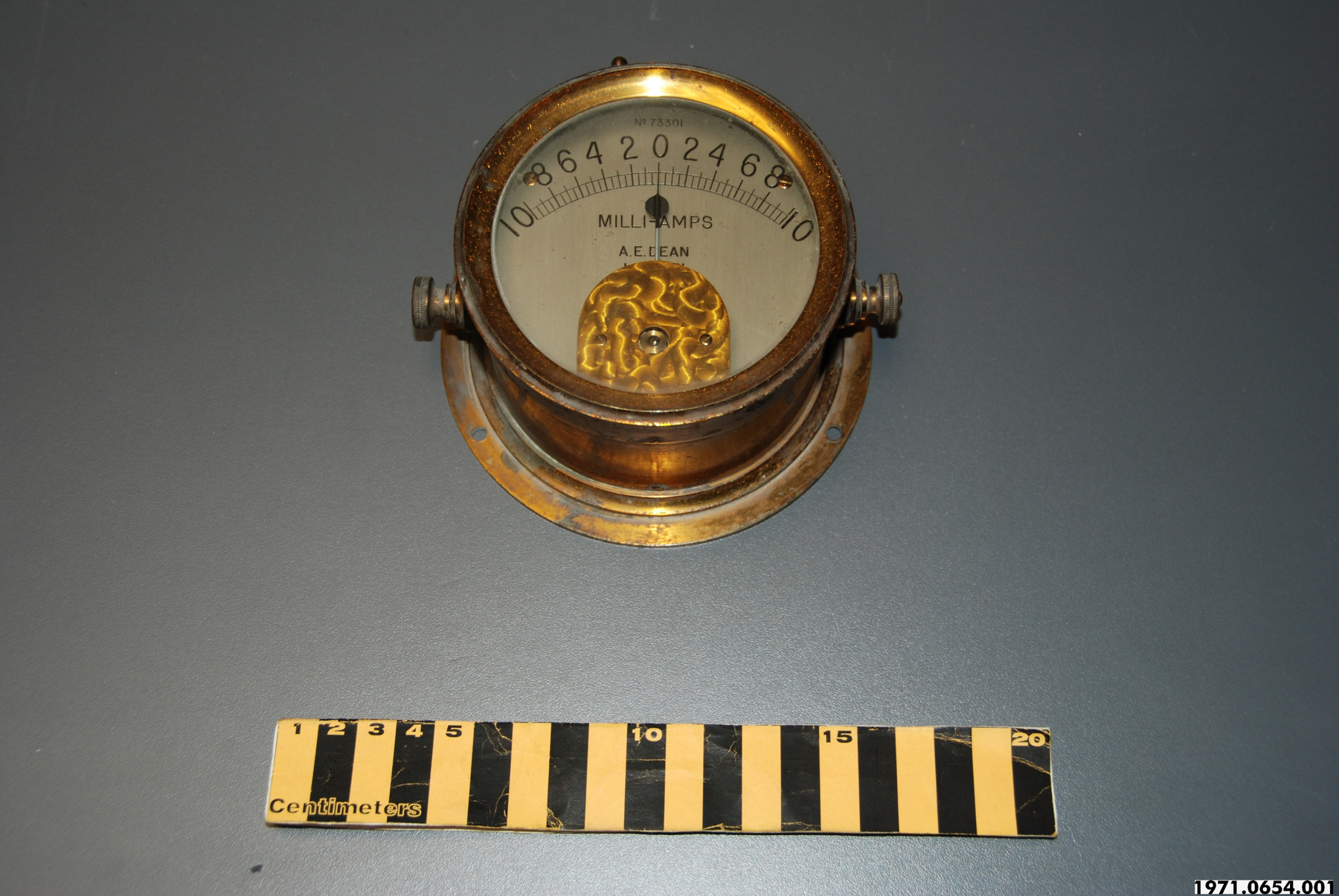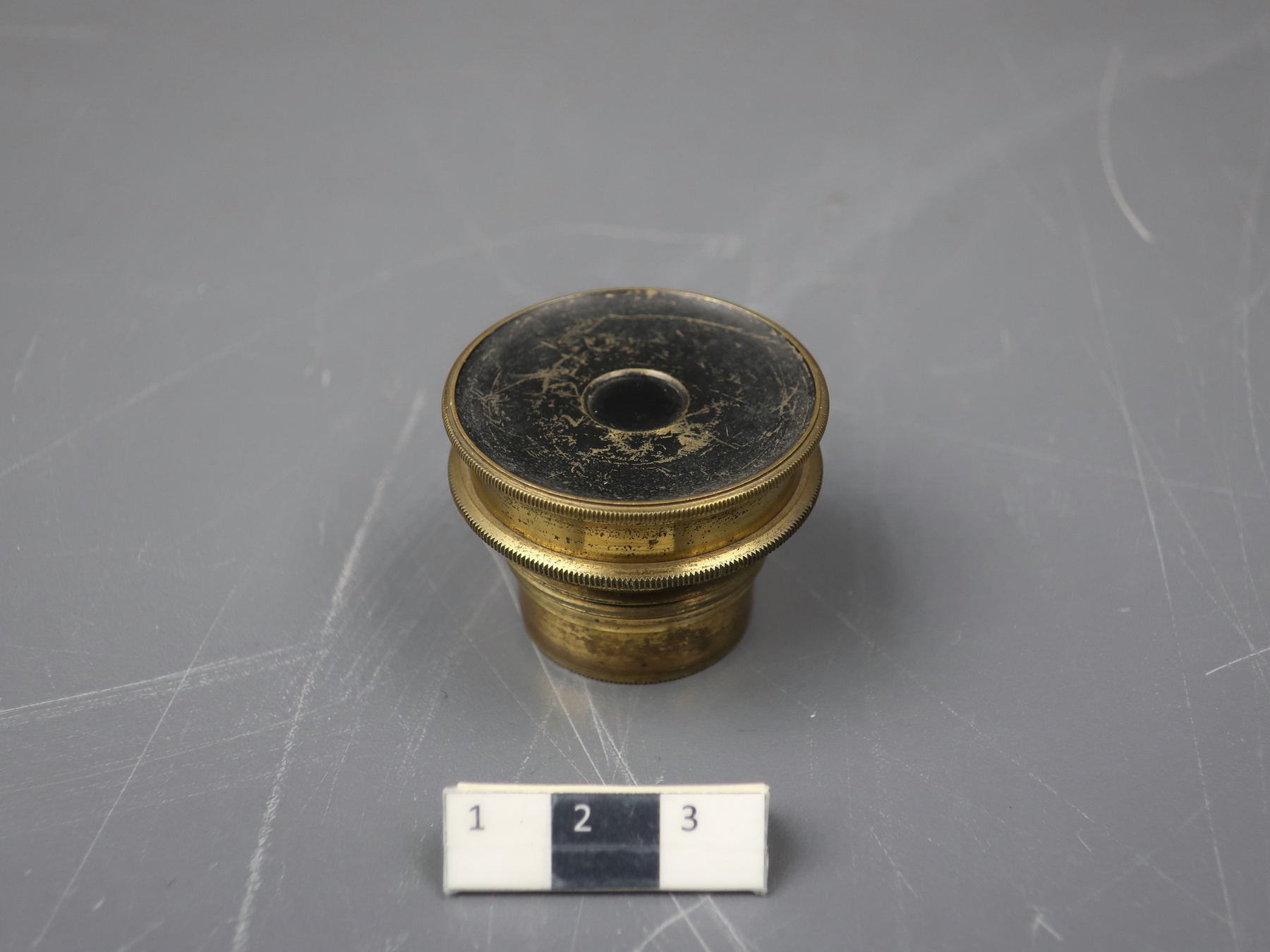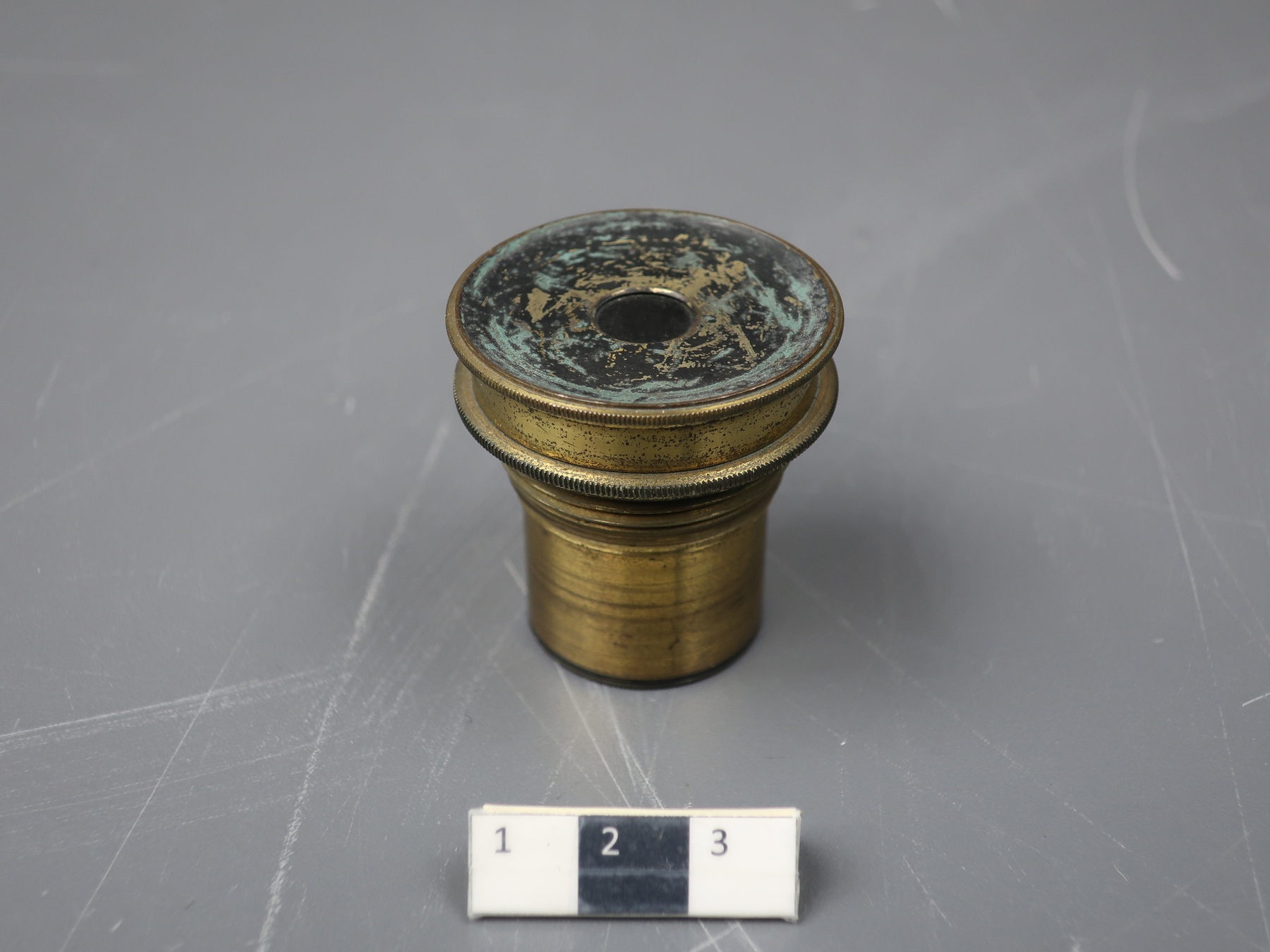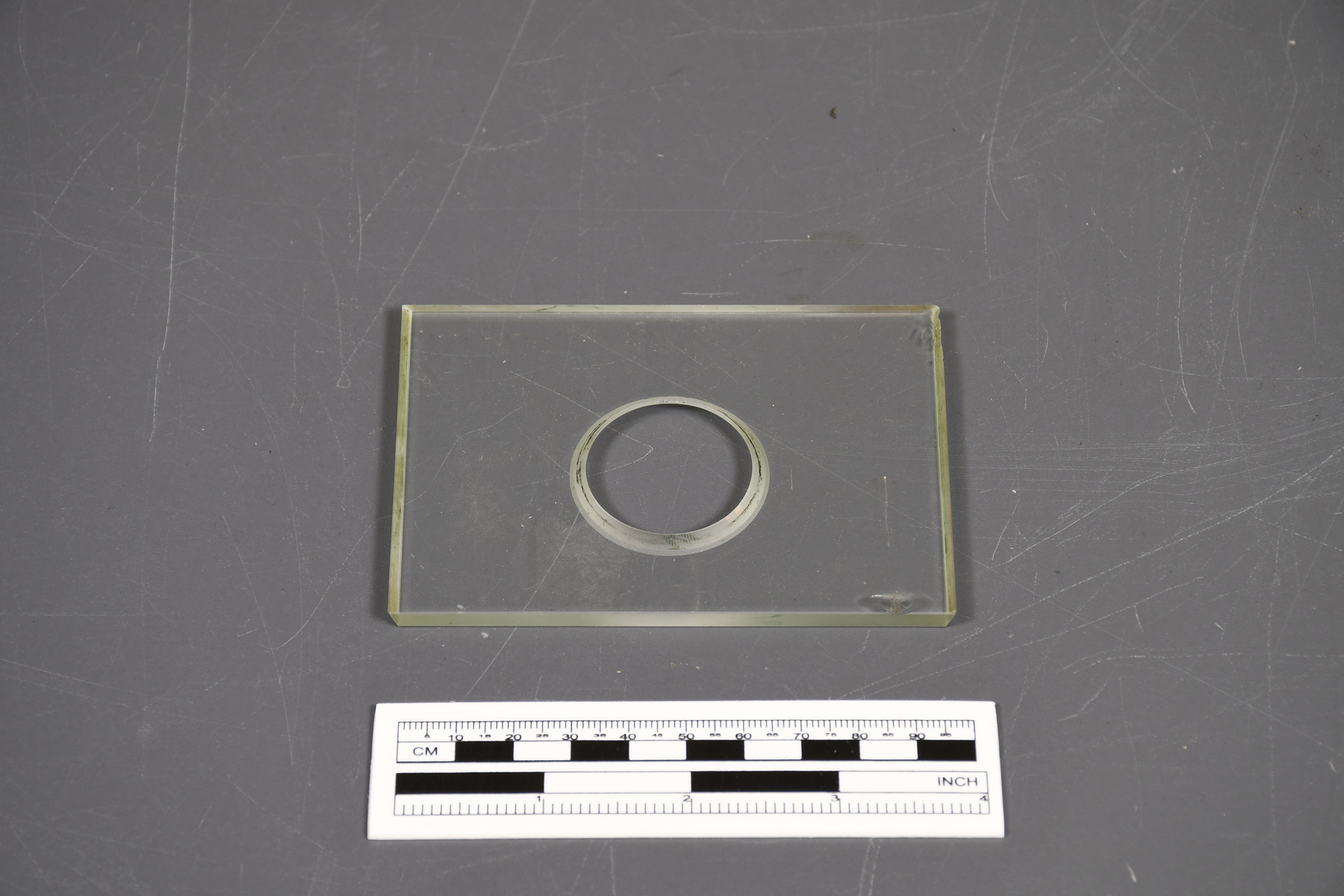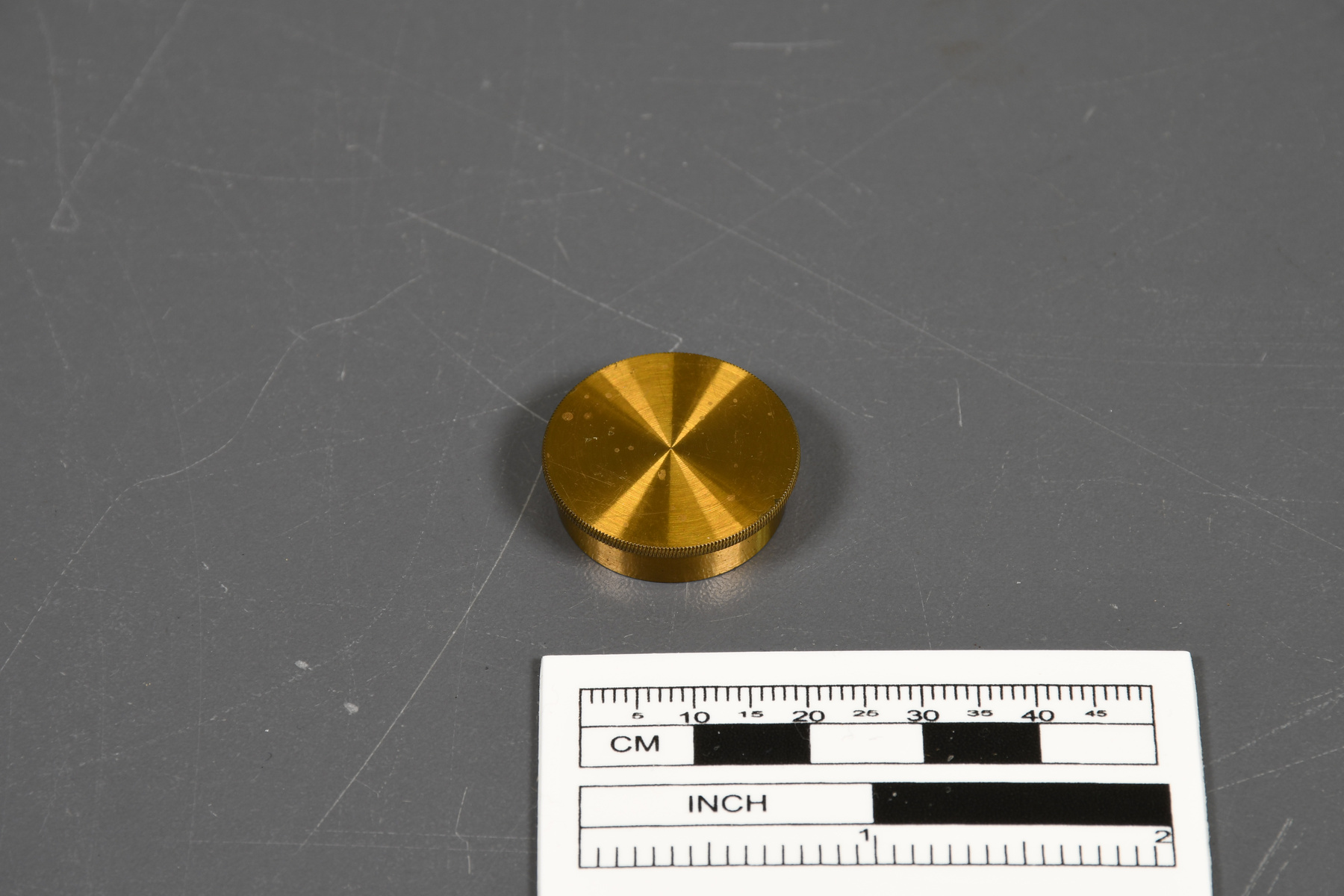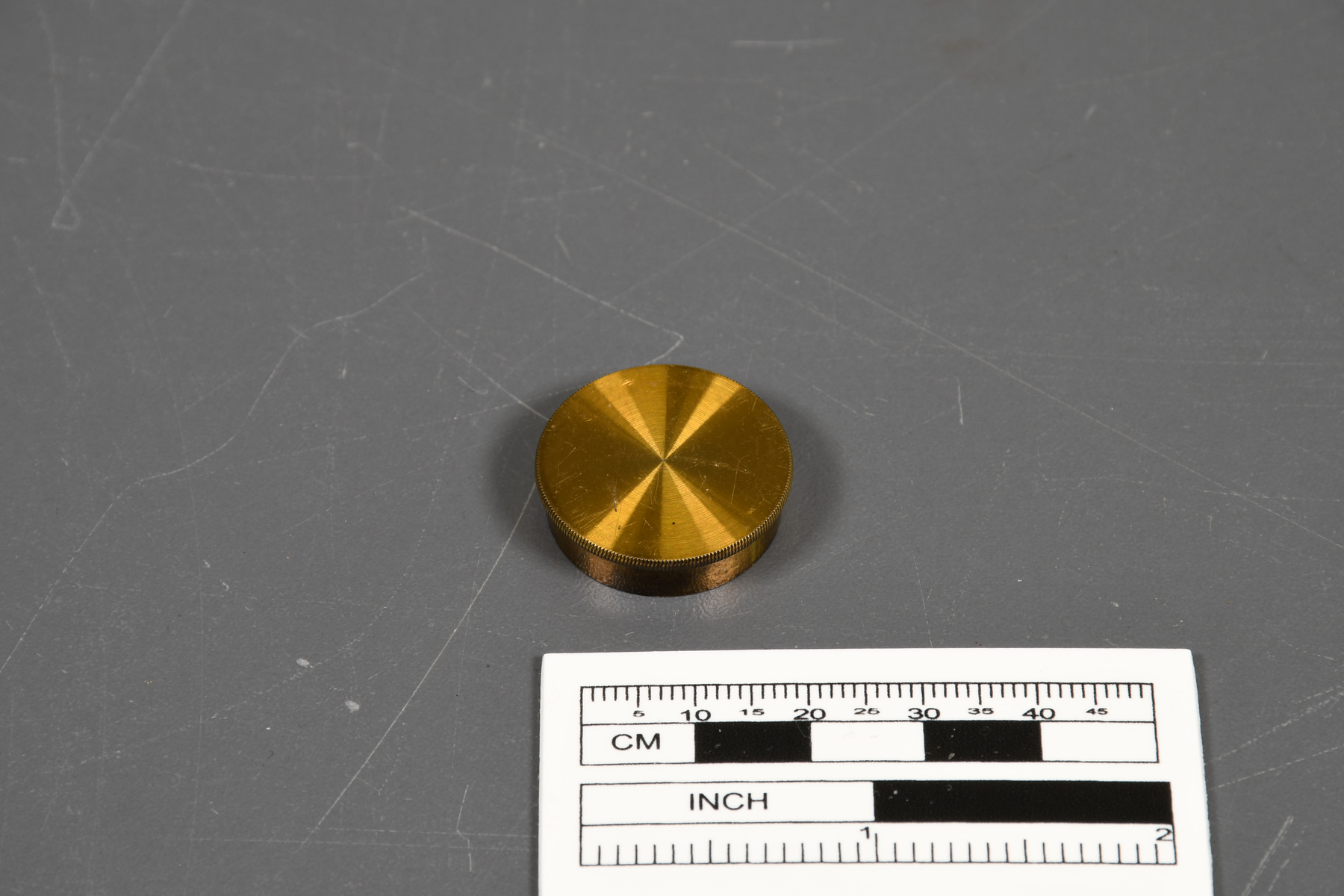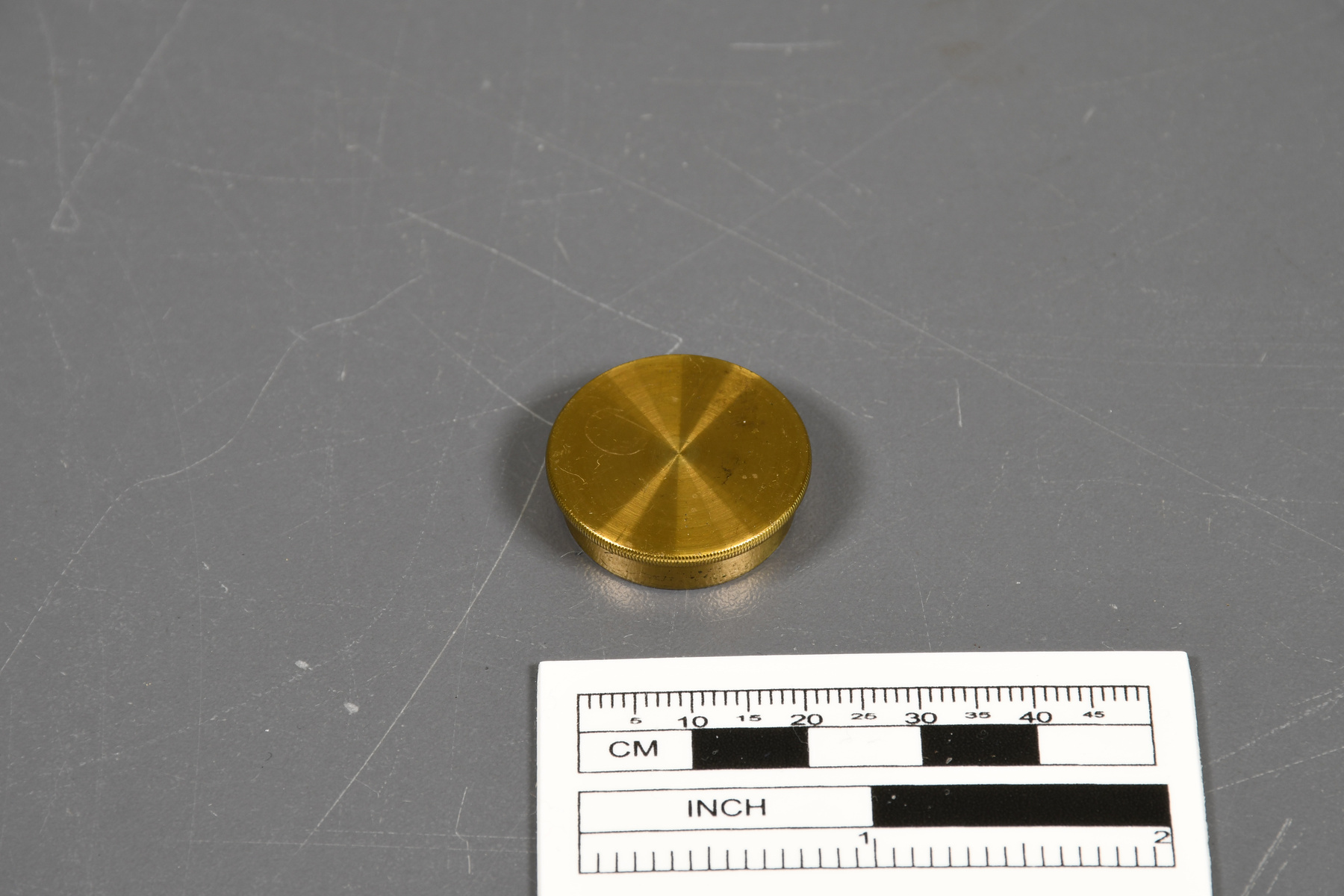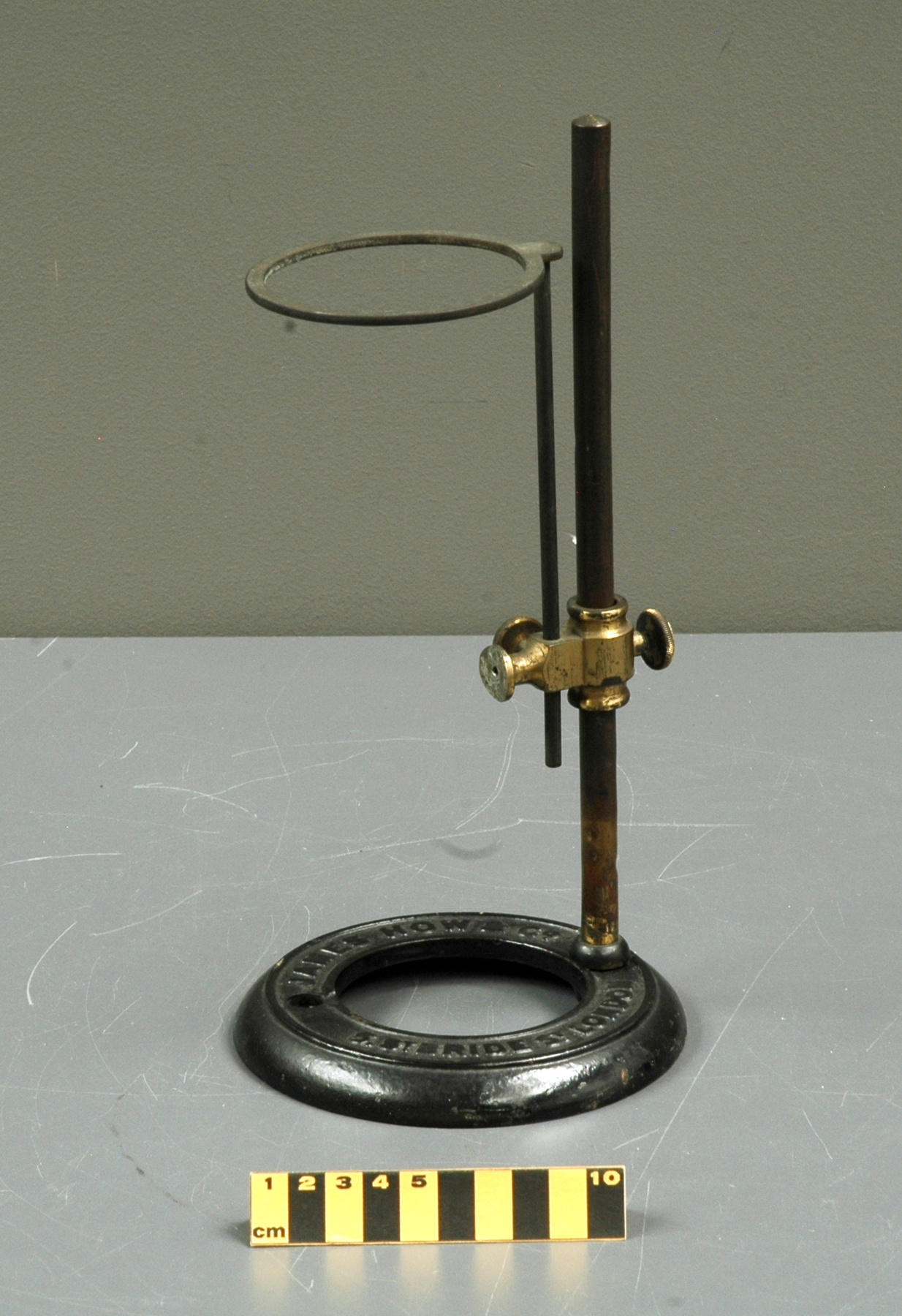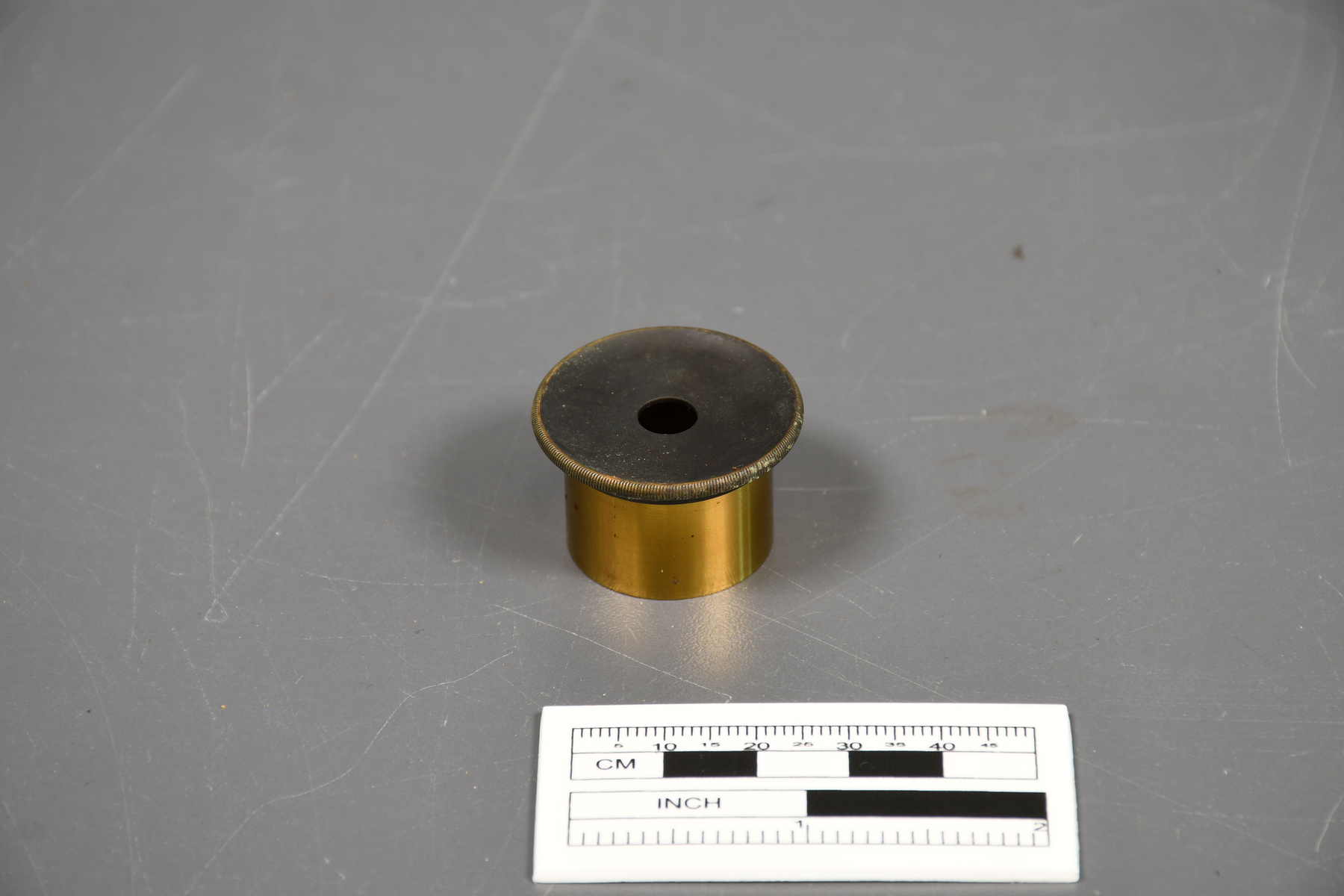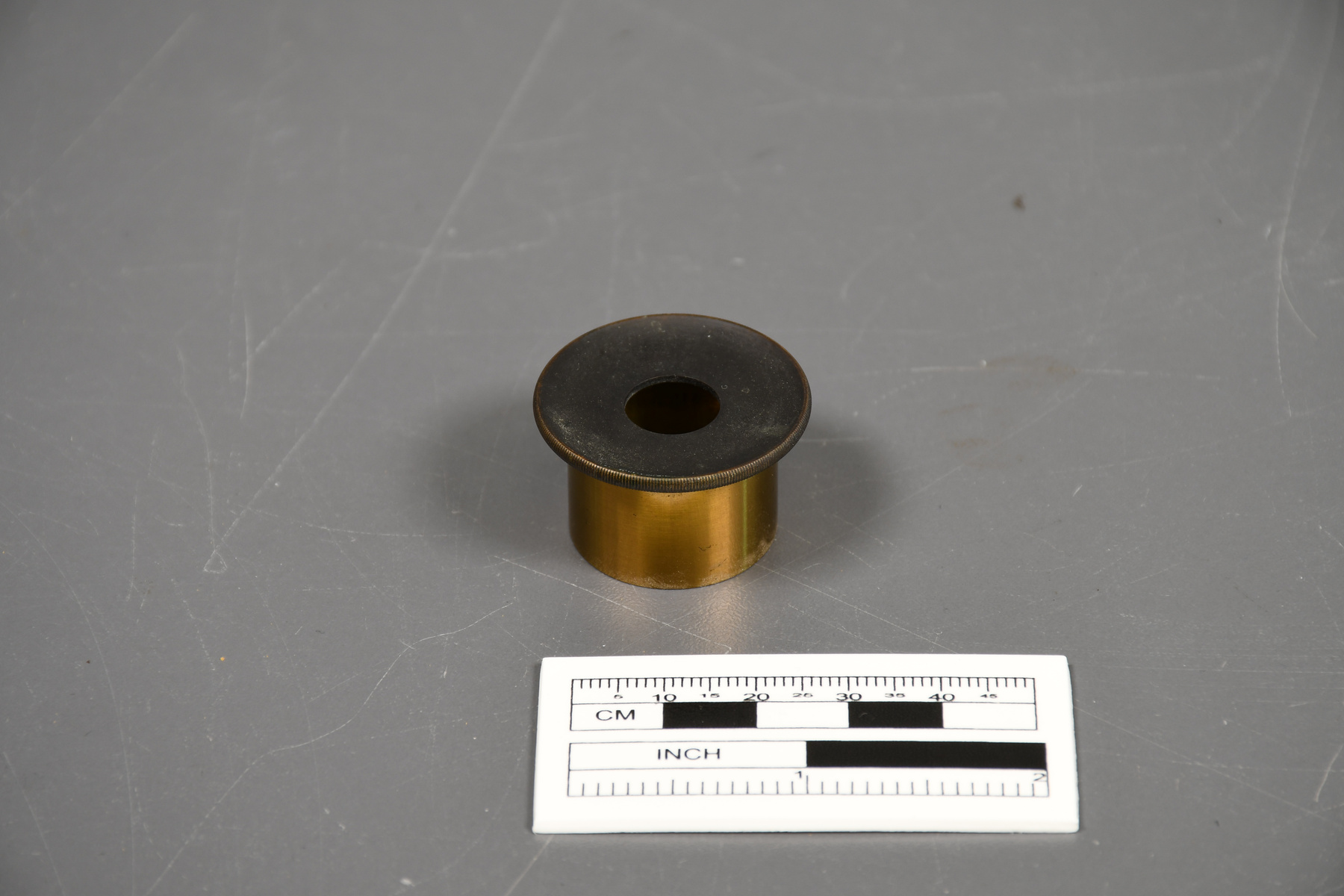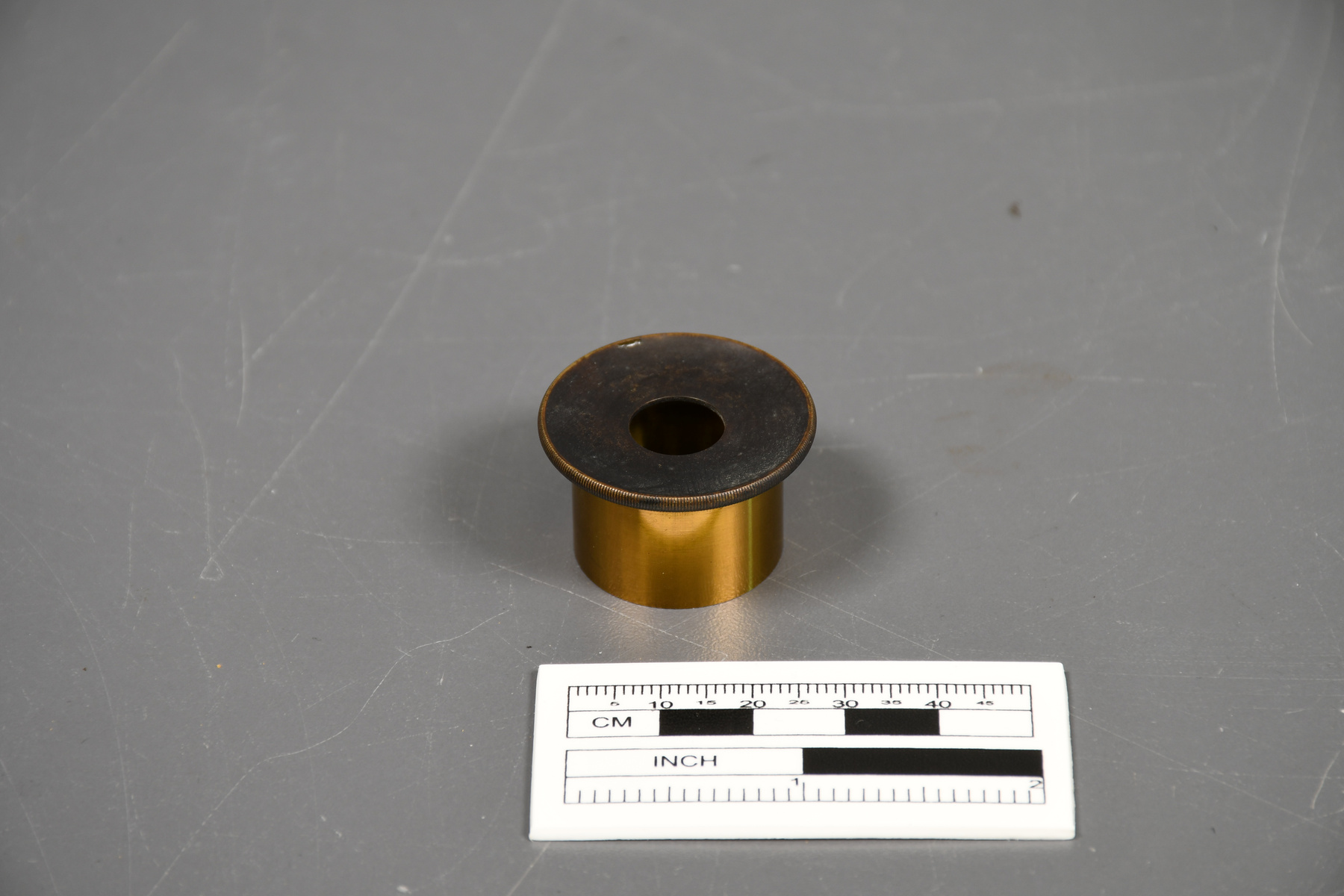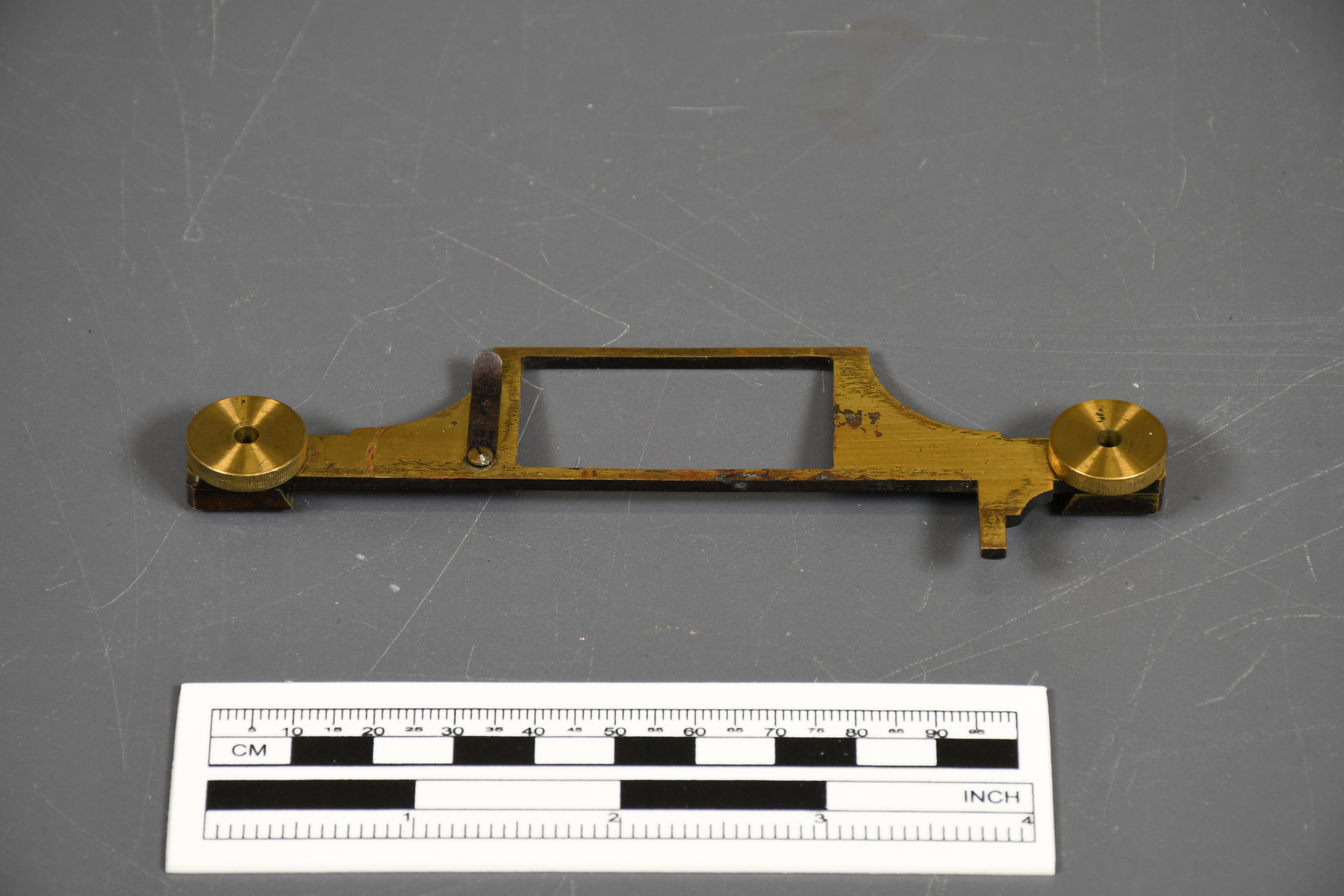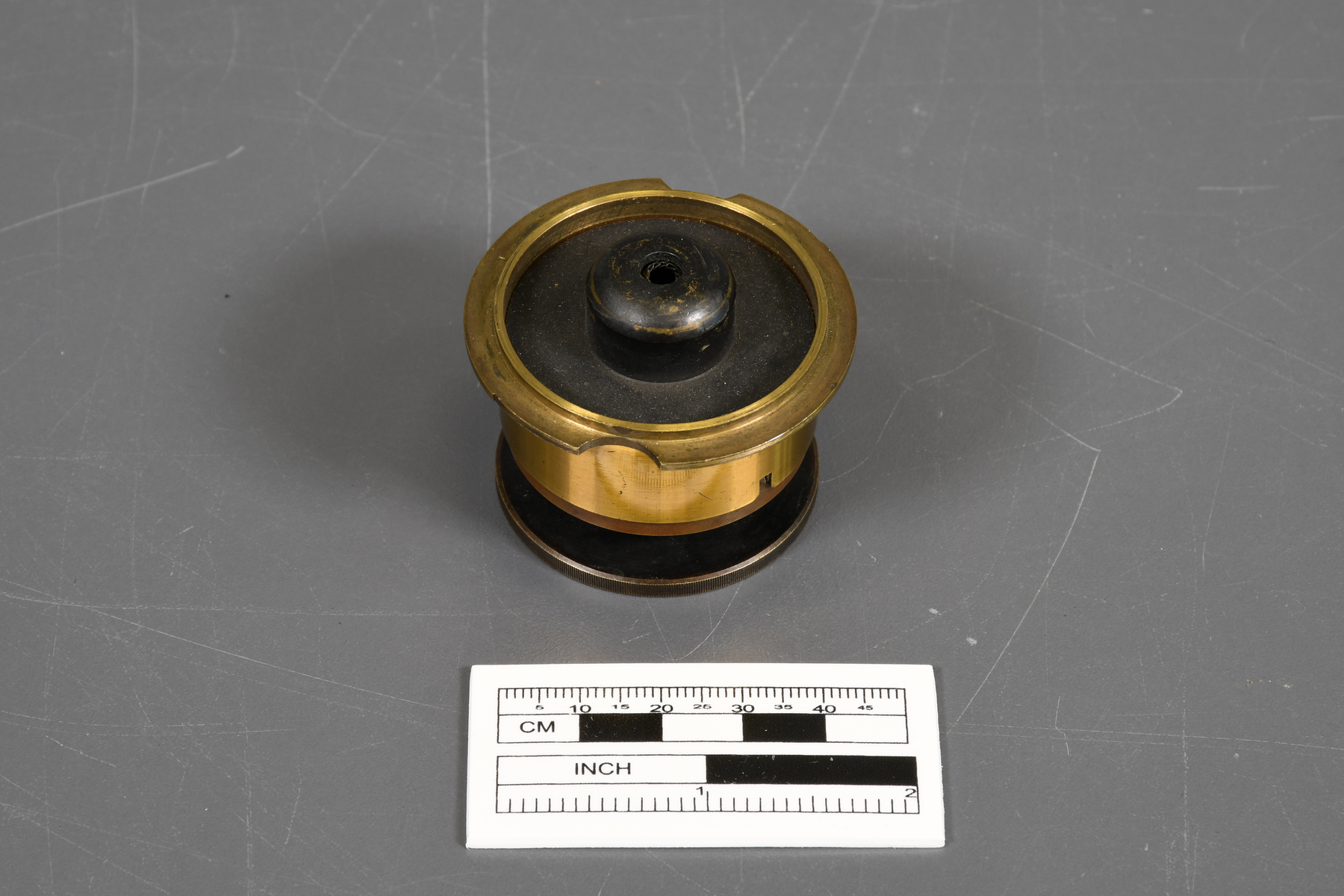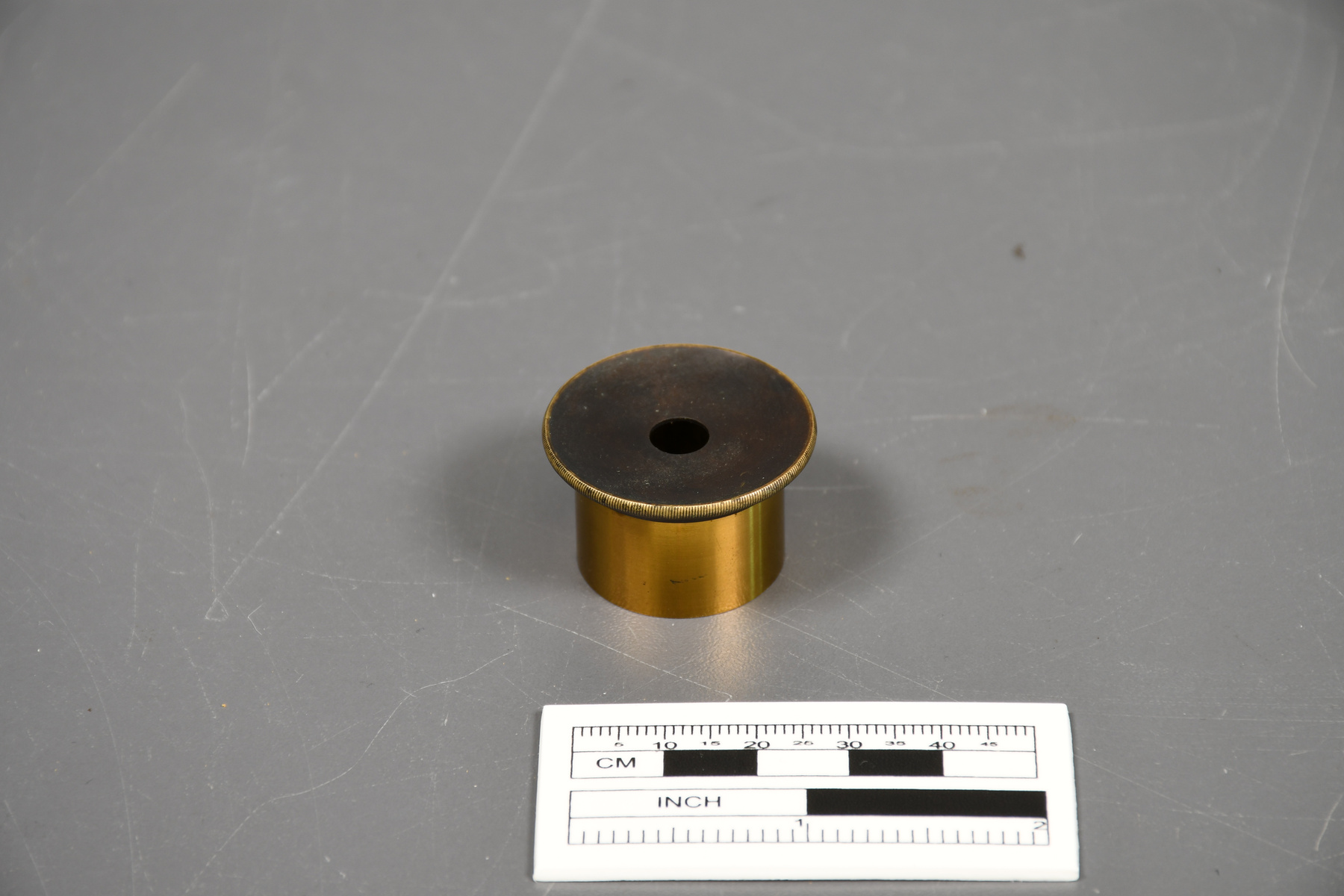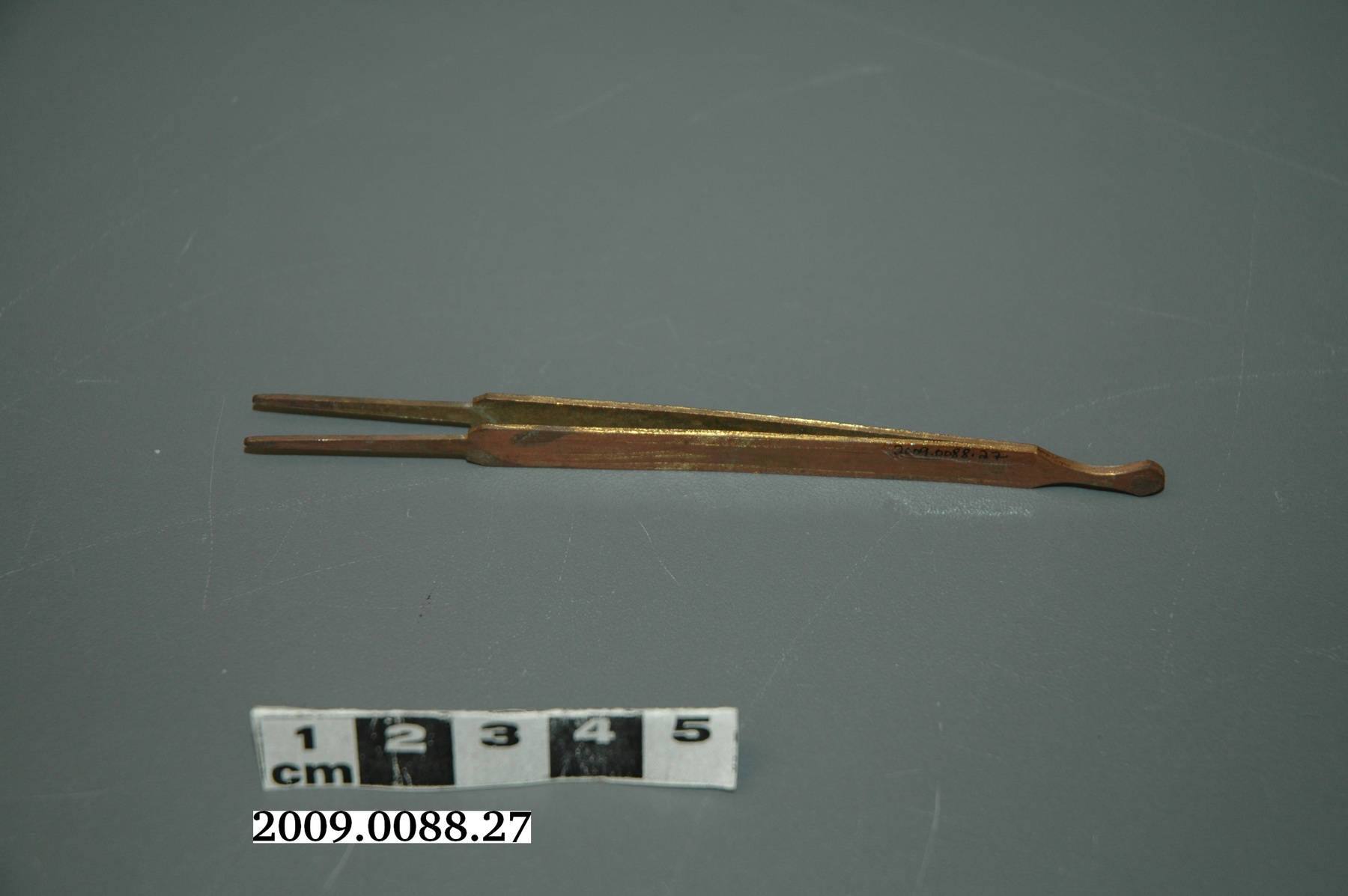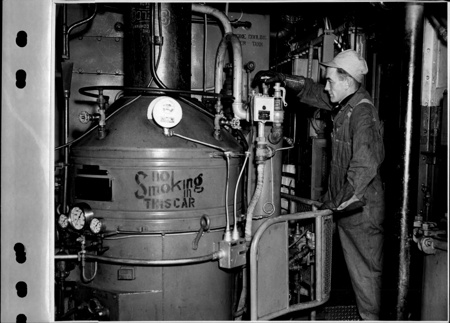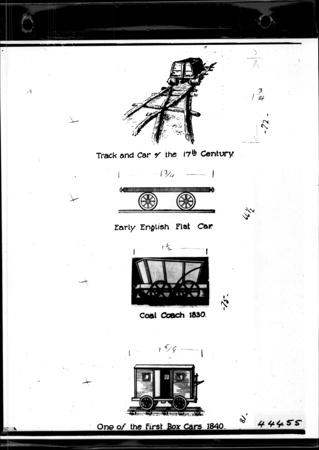Tweezers
Use this image
Can I reuse this image without permission? Yes
Object images on the Ingenium Collection’s portal have the following Creative Commons license:
Copyright Ingenium / CC BY-NC-ND (Attribution-NonCommercial 4.0 International (CC BY-NC 4.0)
ATTRIBUTE THIS IMAGE
Ingenium,
2009.0088.027
Permalink:
Ingenium is releasing this image under the Creative Commons licensing framework, and encourages downloading and reuse for non-commercial purposes. Please acknowledge Ingenium and cite the artifact number.
DOWNLOAD IMAGEPURCHASE THIS IMAGE
This image is free for non-commercial use.
For commercial use, please consult our Reproduction Fees and contact us to purchase the image.
- OBJECT TYPE
- point-tip
- DATE
- 1842–1843
- ARTIFACT NUMBER
- 2009.0088.027
- MANUFACTURER
- Ross, Andrew
- MODEL
- 68
- LOCATION
- London, England
More Information
General Information
- Serial #
- N/A
- Part Number
- 27
- Total Parts
- 32
- AKA
- N/A
- Patents
- N/A
- General Description
- metal
Dimensions
Note: These reflect the general size for storage and are not necessarily representative of the object's true dimensions.
- Length
- 10.6 cm
- Width
- N/A
- Height
- N/A
- Thickness
- N/A
- Weight
- N/A
- Diameter
- N/A
- Volume
- N/A
Lexicon
- Group
- Medical Technology
- Category
- Medical equipment
- Sub-Category
- N/A
Manufacturer
- AKA
- Ross
- Country
- England
- State/Province
- Unknown
- City
- London
Context
- Country
- Canada
- State/Province
- Unknown
- Period
- 1840s
- Canada
-
Caroline Bucknall Estcourt (1809-1886) (ne Caroline Pole Craw), was the wife of British officer, James Bucknall Estcourt (1802-1855), posted in the Canadian colonies in the 1830s and 1840s. Caroline was an amateur naturalist and painter, with some of her graphic collections in the archives of Canada. These include portraits, sporting scenes and landscapes. She purchased this microscope either just before or just after her second trip to the colonies in April 1843 until 1846. During that time her husband was the British boundary commissioner for Canada, in charge of surveying the northeast border of the United States. - Function
-
Examination of natural specimens. - Technical
-
There are several historic Ross microscopes in the collection. Number 68, however, carries some technical significance. It is one of the earliest commercially produced, portable achromatic microscopes (i.e. Ross made special lenses that corrected for chromatic aberration). The first achromatic microscopes were made by Chevalier in France and James Smith , Hugh Powell and Andrew Ross in the UK in the late 1830s. Ross number 68 can be dated to 1842 (or possibly 1843) and is therefore a fairly early commercially produced achromatic microscope. (The National Museum of Scotland has some Ross microscopes in its collection but none this early). Its portability was also rare for such an early one. Andrew Ross (1798-1859) was one of the more prolific and highly skilled 19th century British microscope makers. In the 1830s and 40s he signed his instruments as Andrew Ross, London. Later he joined his brother Thomas and traded as Ross Microscope. - Area Notes
-
Unknown
Details
- Markings
- None evident.
- Missing
- N/A
- Finish
- Bronze coloured metal
- Decoration
- N/A
CITE THIS OBJECT
If you choose to share our information about this collection object, please cite:
Ross, Andrew, Tweezers, between 1842–1843, Artifact no. 2009.0088, Ingenium – Canada’s Museums of Science and Innovation, http://collections.ingeniumcanada.org/en/id/2009.0088.027/
FEEDBACK
Submit a question or comment about this artifact.
More Like This
